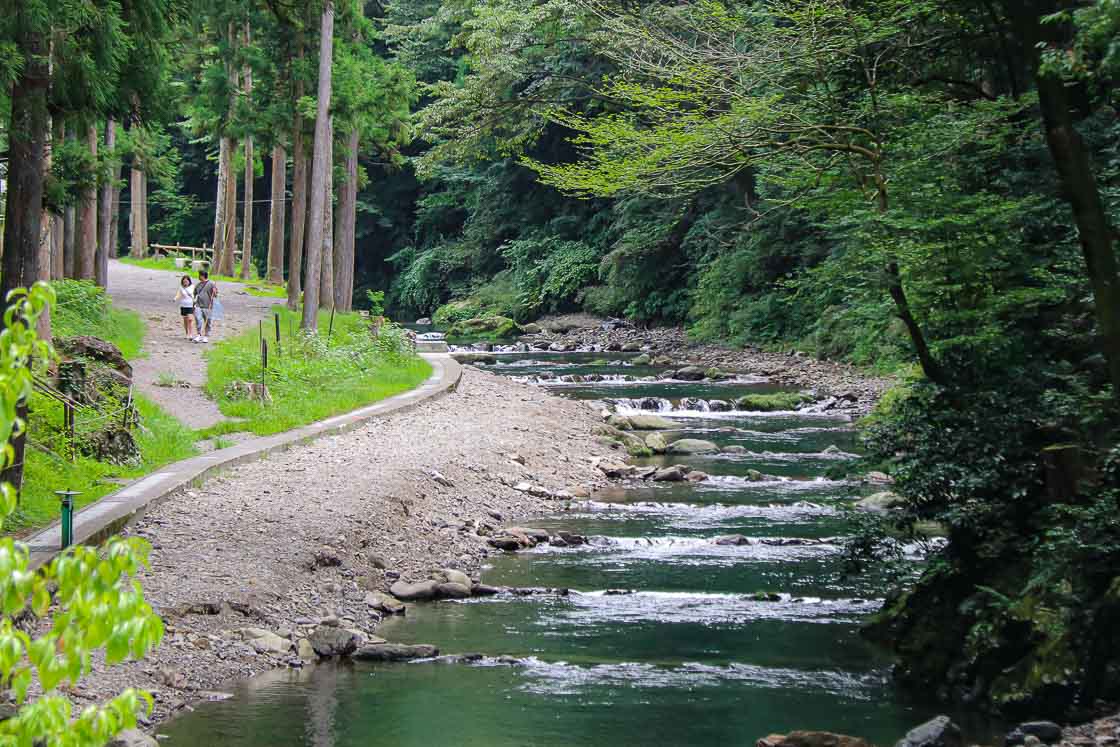A local’s guide on where to enjoy the outdoors in the Tama region, western Tokyo
It is common knowledge among Japanese that the Tama region in western Tokyo is the place to go for hiking and experiencing the great outdoors without having to leave the city. This open secret is typically overlooked by many foreign travelers, but the mountains and valleys in western Tokyo definitely hold their own against the ones in the more rural prefectures.
I visited the Tama region on an overnight trip to get deep into nature, going hiking, fishing, camping, playing with some mini pigs. It was a great trip, which is also doable as two separate day trips. A trip to western Tokyo is definitely worth it for those who wish to swap the digital life for a slower paced analog one, even for a day. What is more, the areas I visited are easily accessed by train and bus from central Tokyo. Detailed transportation information can be found in the access section below.
Day 1: Hiking and camping
My adventures in western Tokyo started at the Musashi-Itsukaichi Station, which is one of the transportation hubs for buses going deeper into the region. The first activity on my itinerary was hiking to the peak of the 902 meter tall Mount Hinode, and I joined the other excited hikers at the bus stop to take the bus to the start of the hiking trail. The bus stop stands at an elevation of approximately 400 meters, and the trail uphill to the summit is fairly straightforward and does not require any special equipment nor skills. Good walking shoes, however, are recommended as the trail can be rocky in places. It is advisable to allocate approximately 3.5 to 4 hours for a return trip from the start of the trail.
Mount Hinode is situated along a centuries-old pilgrimage route from Kamakura to Mitake Shrine, and some relics like a former pilgrim inn, which operated in the early 18th century, can be seen along the way. Additionally, the mountain top is also a popular spot to see the first sun rise on January 1. As I hiked up to the peak, the amazing views of the surrounding forests and central Tokyo in the distance distracted me from the seemingly never-ending uphill climb. There are also benches along the way to take breathers, and I definitely benefited from them. Panoramic views of central Tokyo and Mitake Shrine on the neighboring Mount Mitake can be seen from the top, and there is a live camera feed for those who want check the views before going.
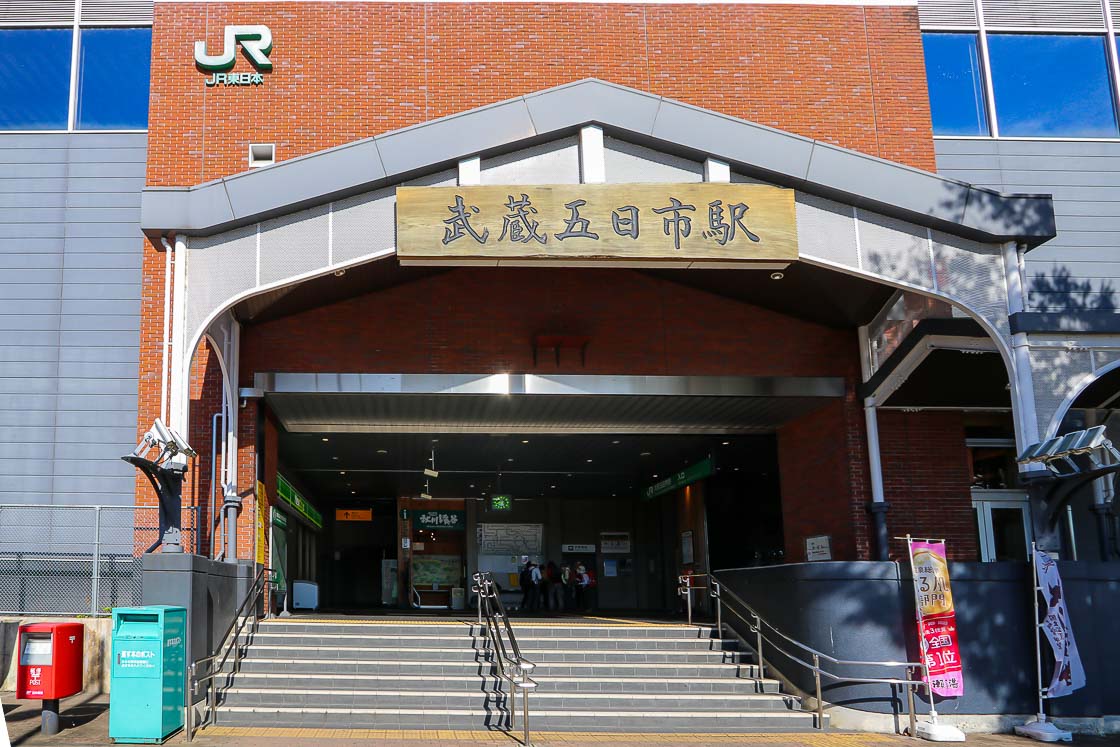
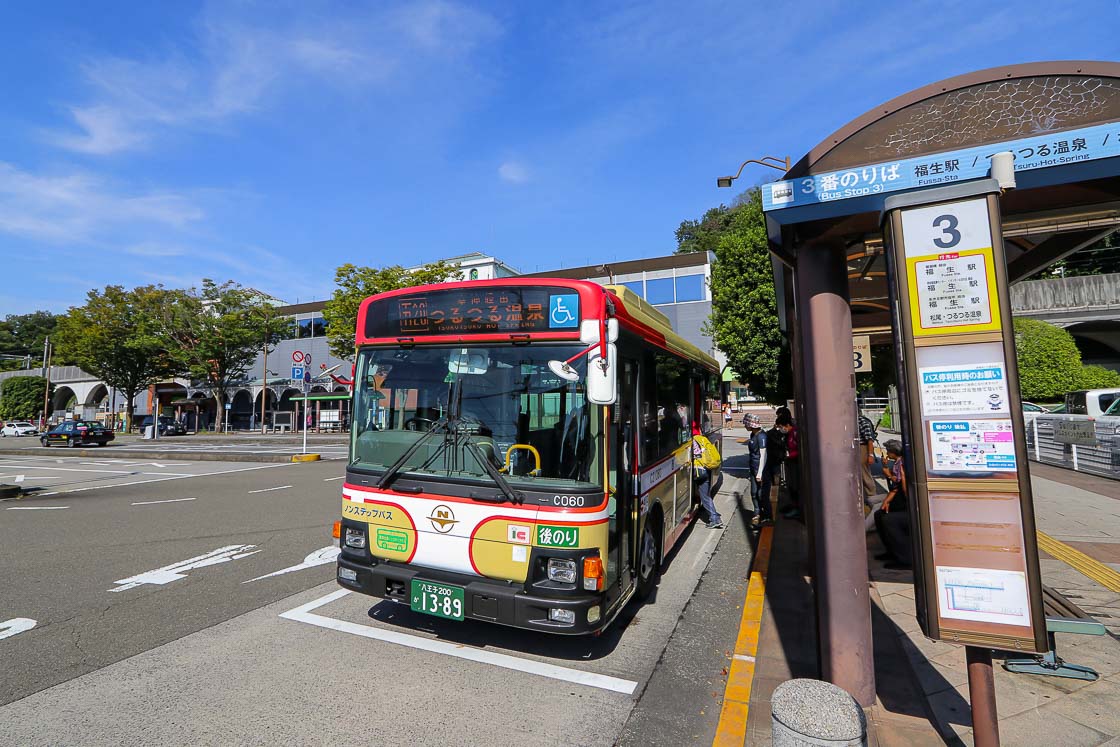
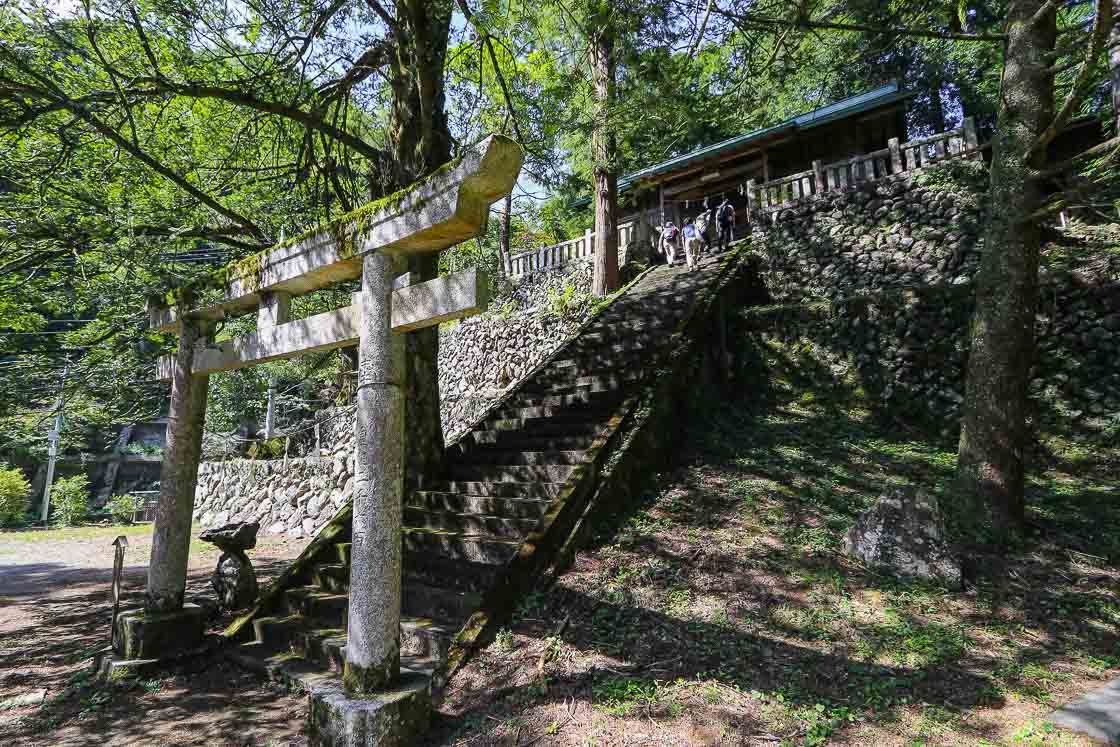
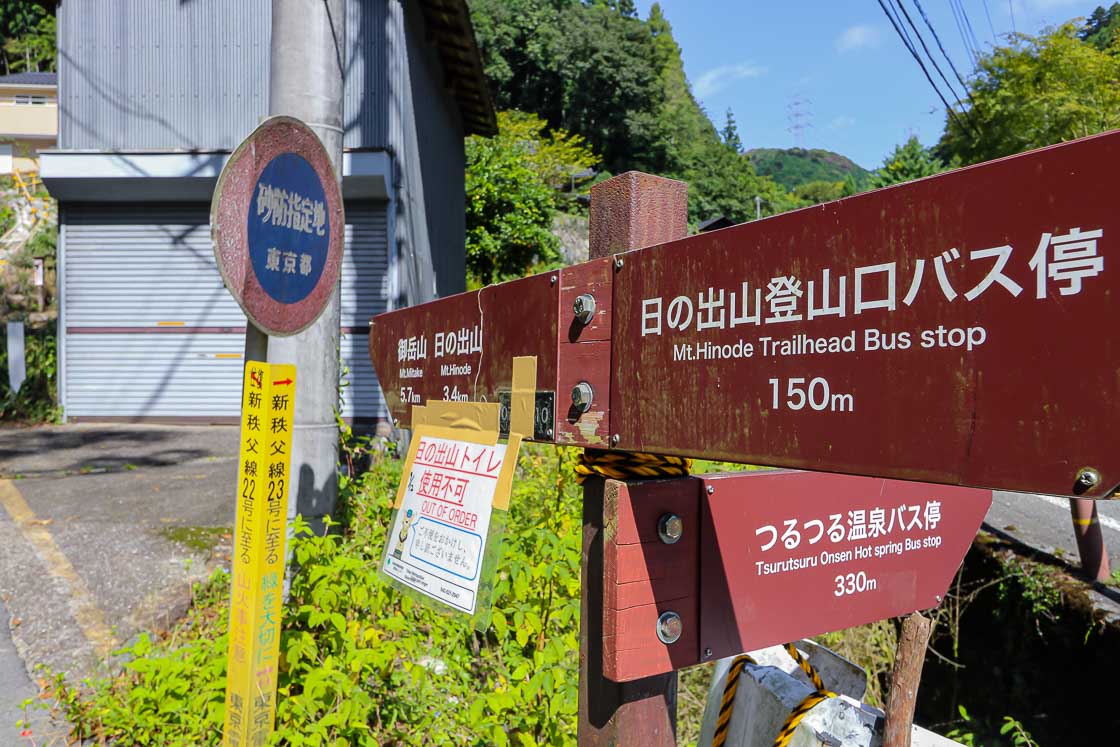
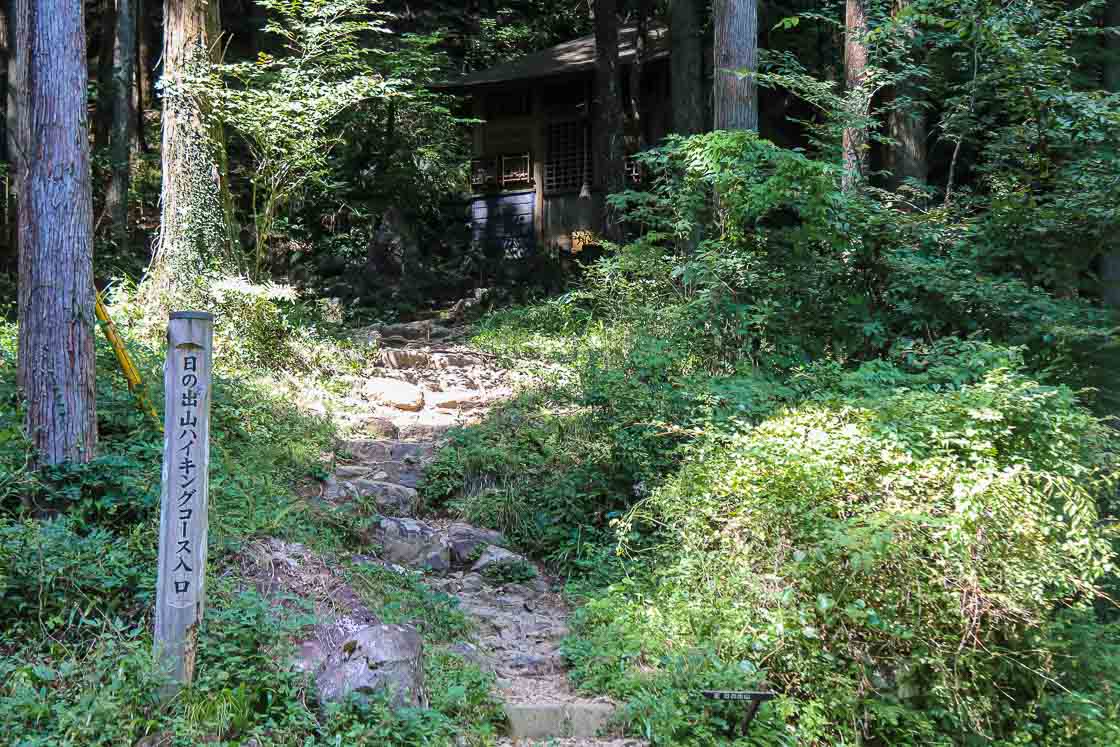
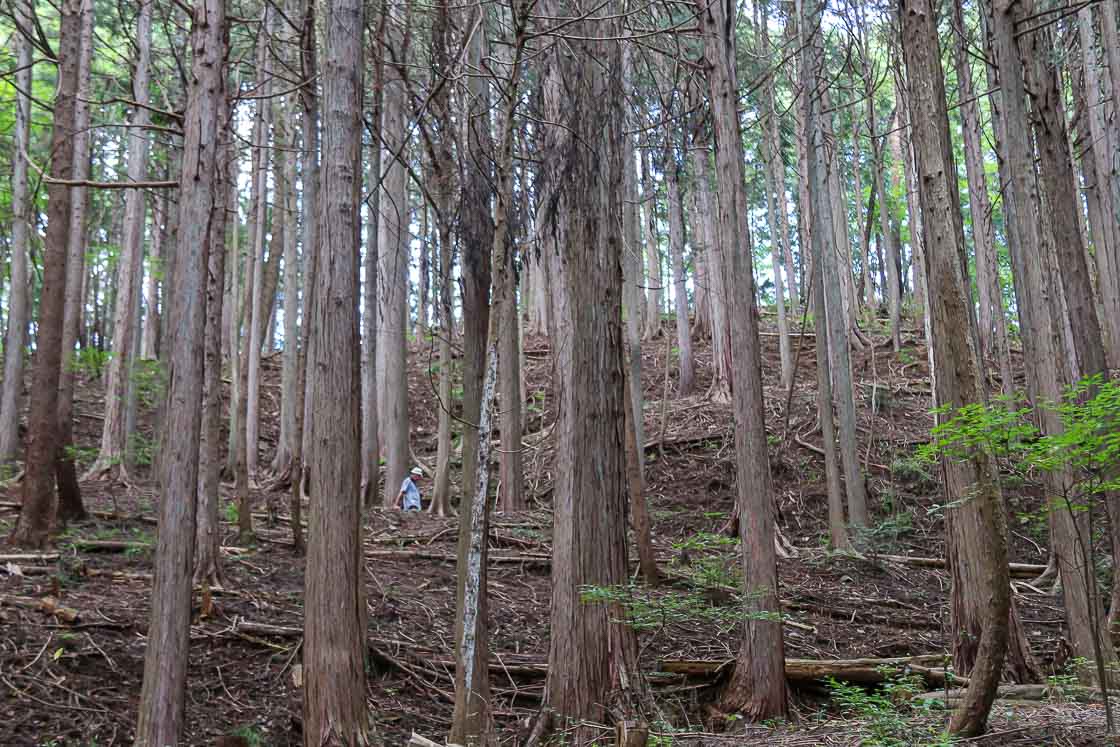
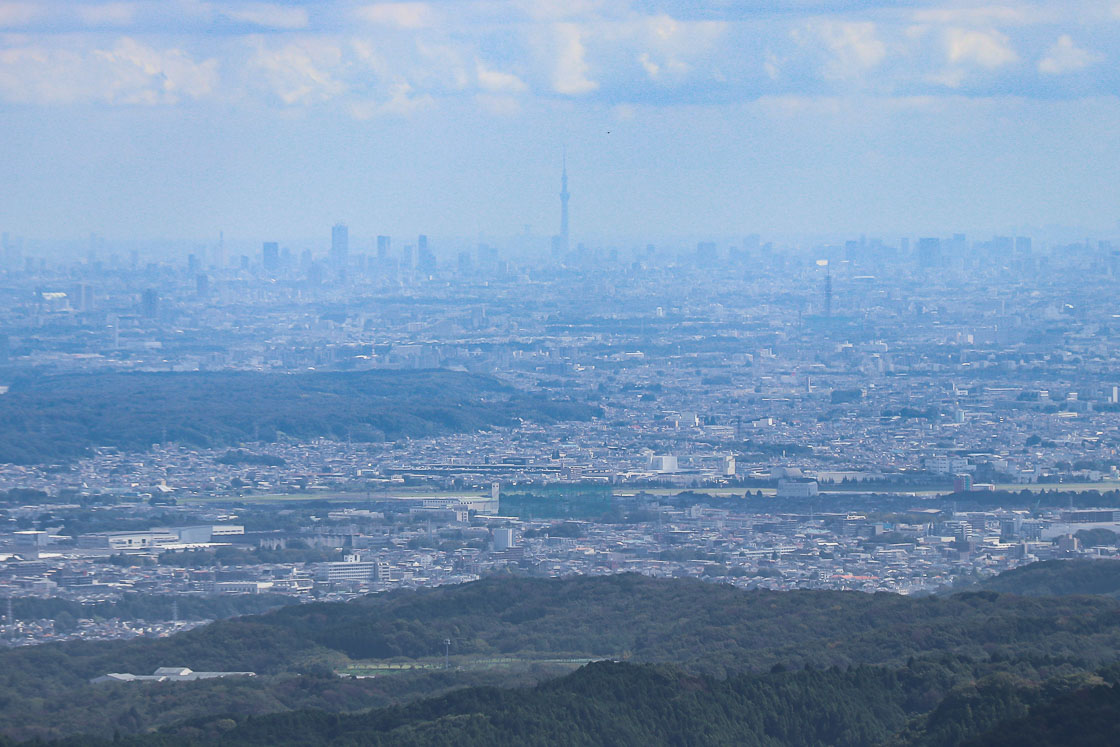
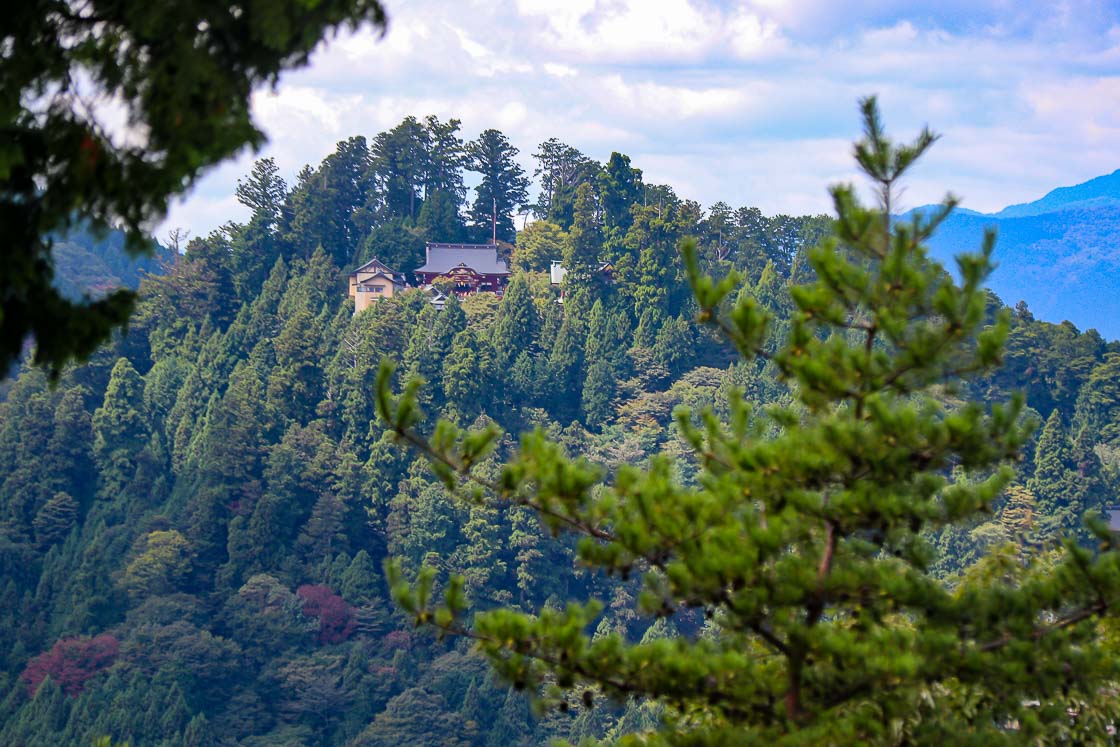
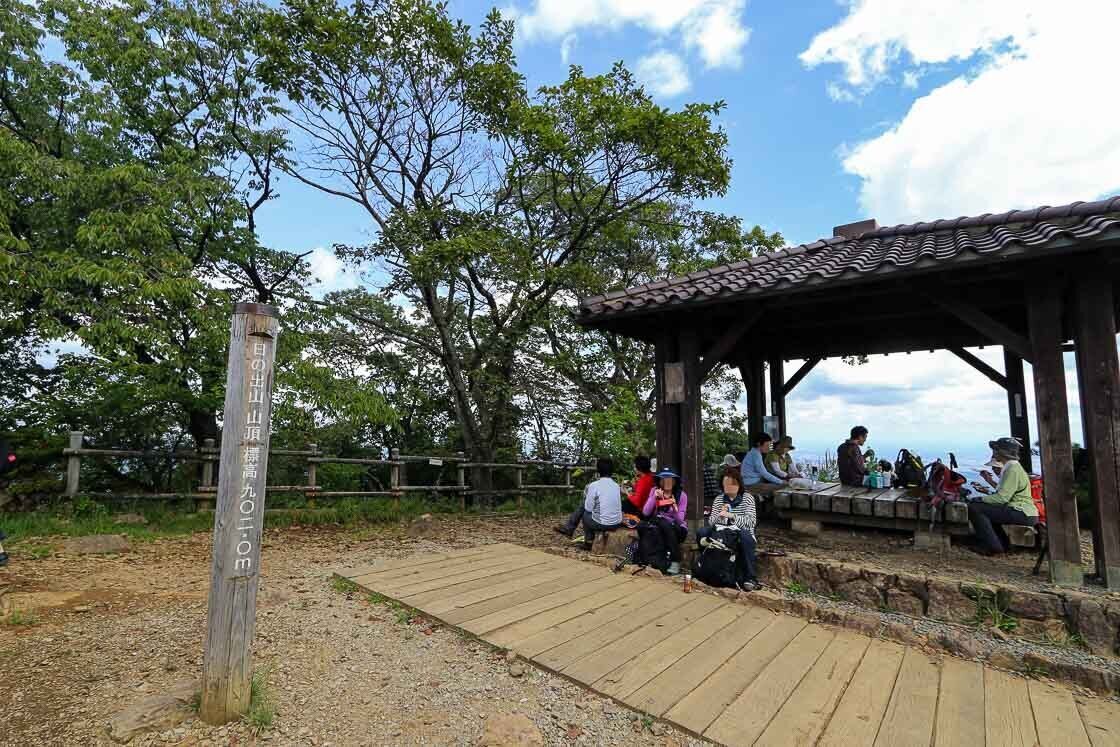
After summiting the peak and taking in the sights, it was time to head back down and on to Tsurutsuru Onsen, a hot spring facility near the start of the trail for lunch and a soak in the baths. I saw fellow hikers relaxing at the restaurant and in the rest areas, and thought that only in Japan can one enjoy a nice hot spring bath after a hike.
From there, it was time to take the bus back to Musashi-Itsukaichi Station and on to Urayama Base across from the station. As a hub for visitors who want to fully experience the Akigawa Valley, Urayama Base offers a host of services like tours, which include river trekking and private English tours, as well as gear rentals, which include bicycles and folding chairs. I rented a bicycle to get to my next spot; electric bicycles are recommended for getting around the area as the terrain is hilly. The shop also has a cafe and provides a cloak service as well as paid showers for those who want to clean up after a day out. Maps with recommended cycling routes are available, and the knowledgeable staff pointed me to scenic spots along the way and the best way to get to my destination.
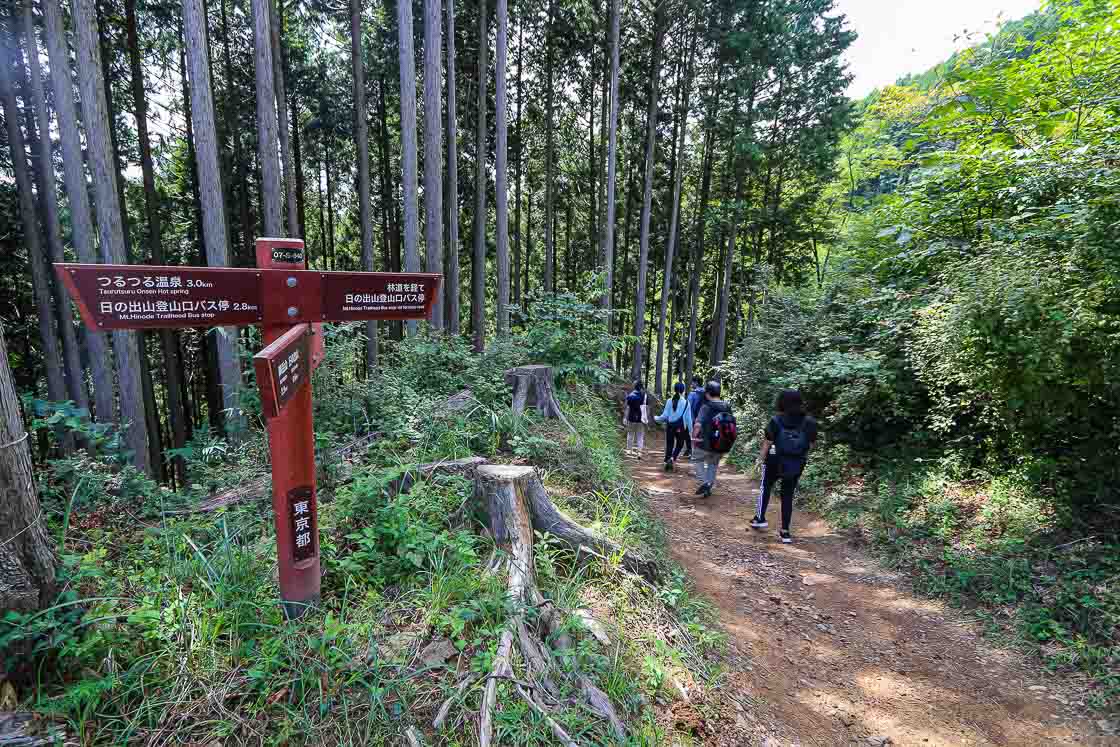
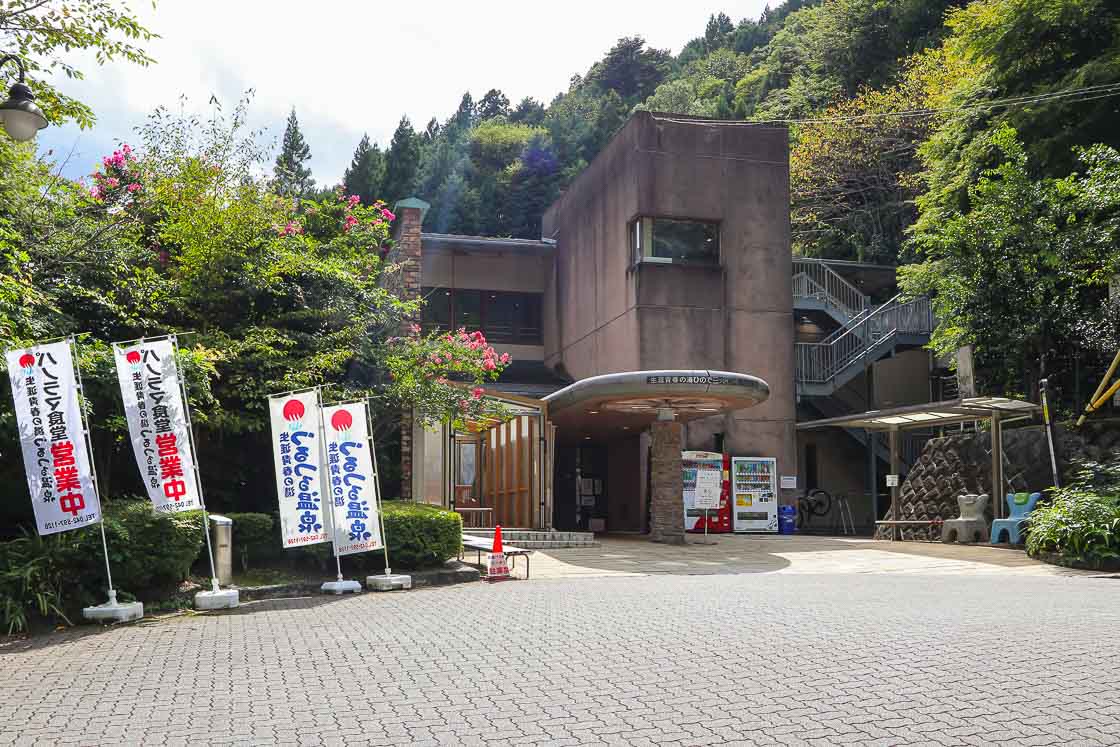
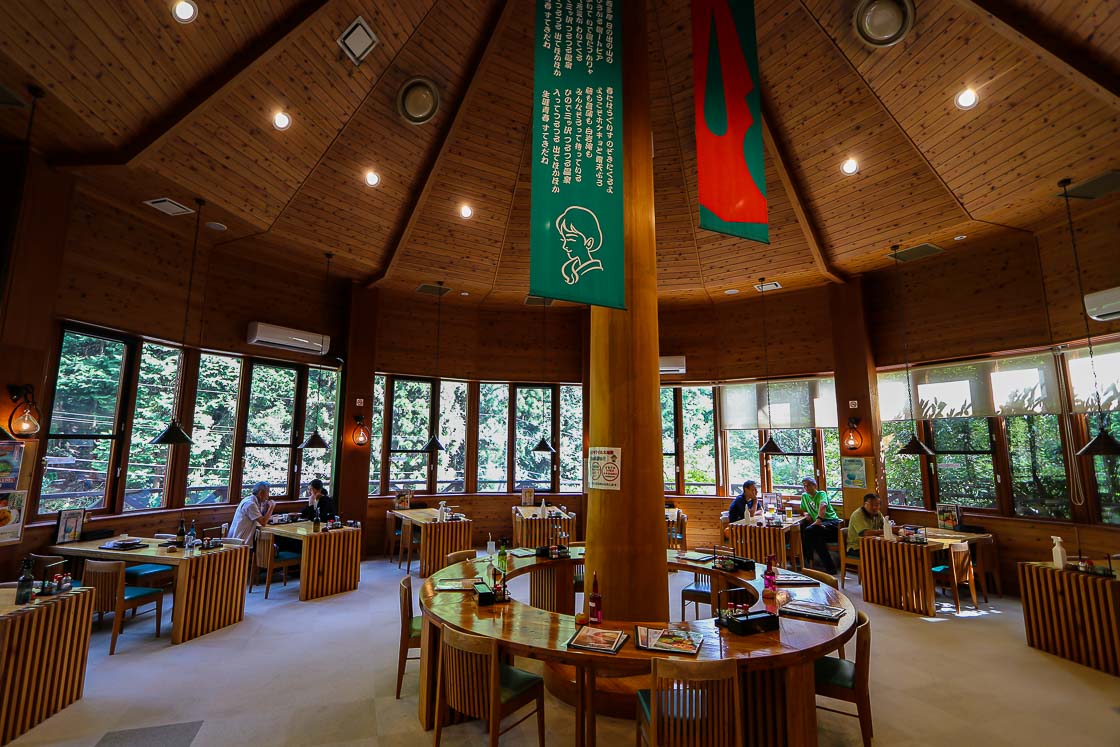
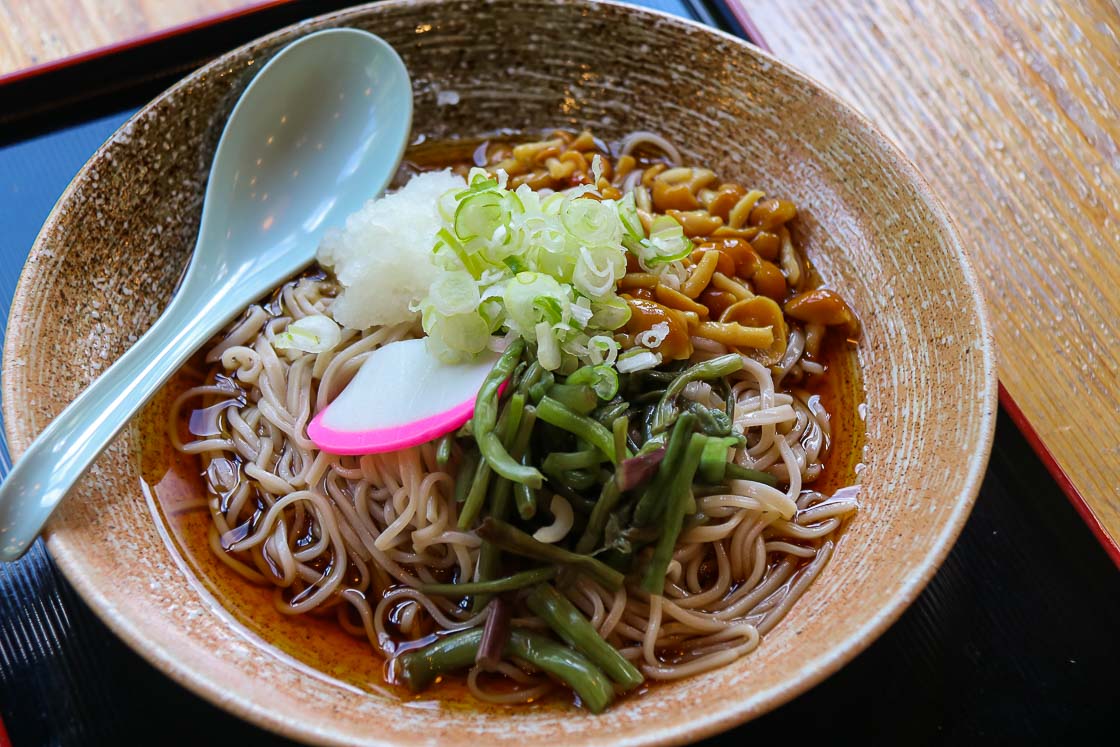
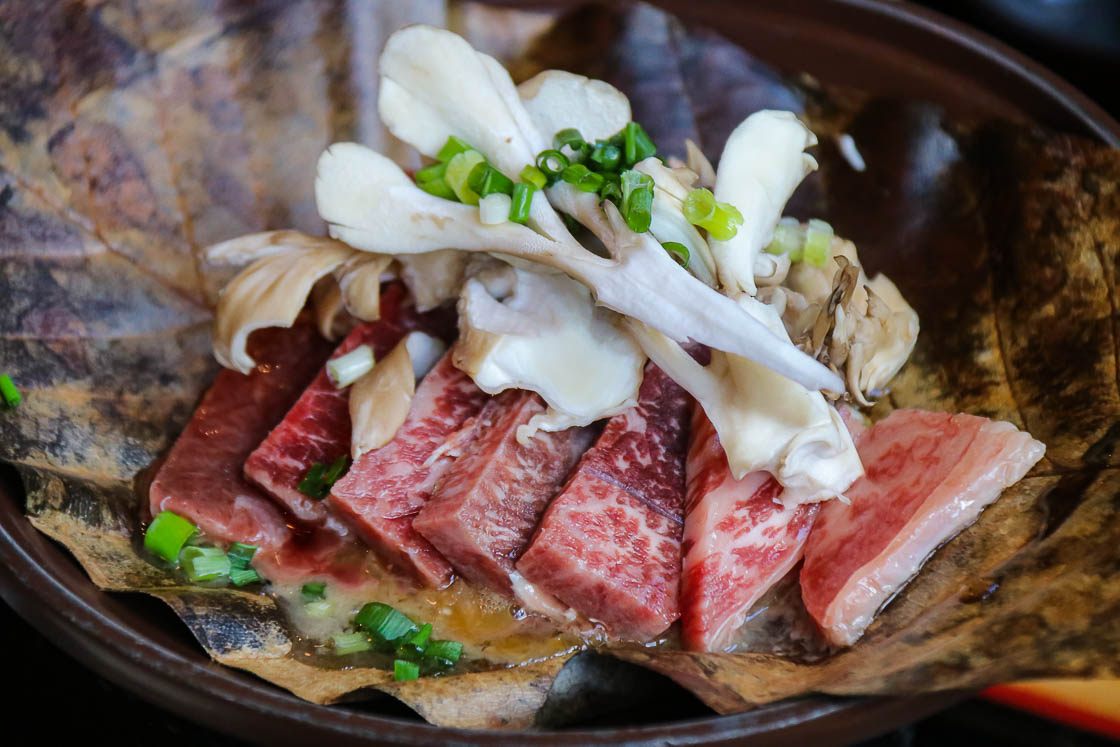
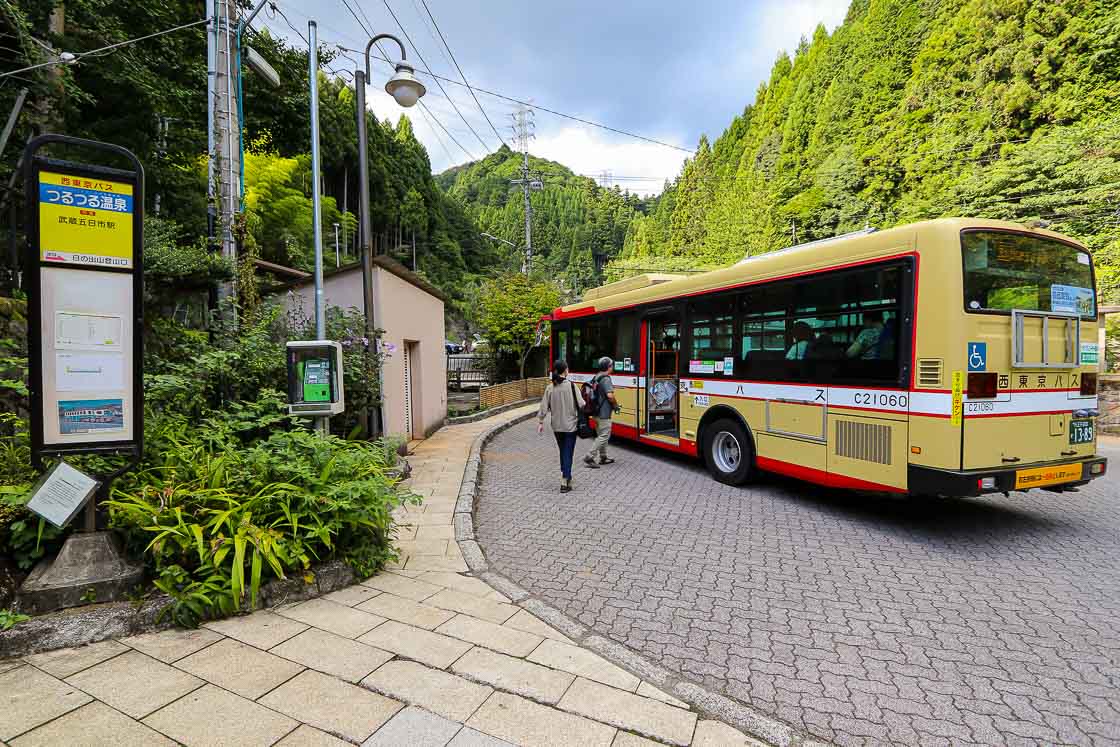
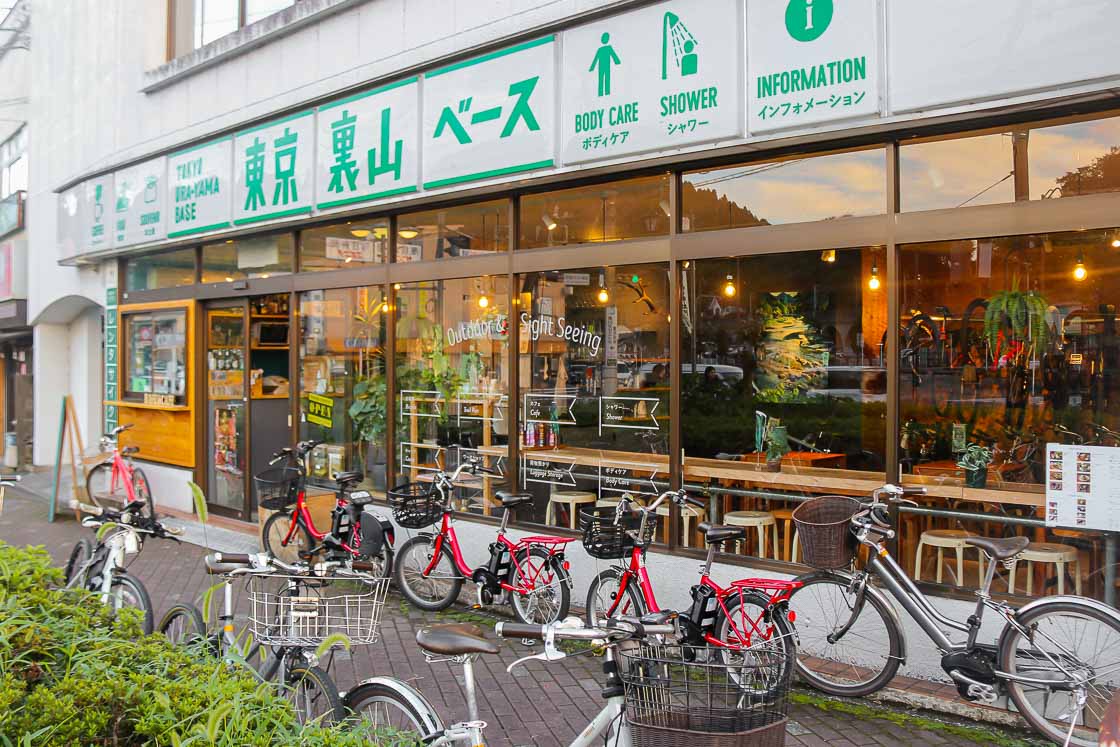
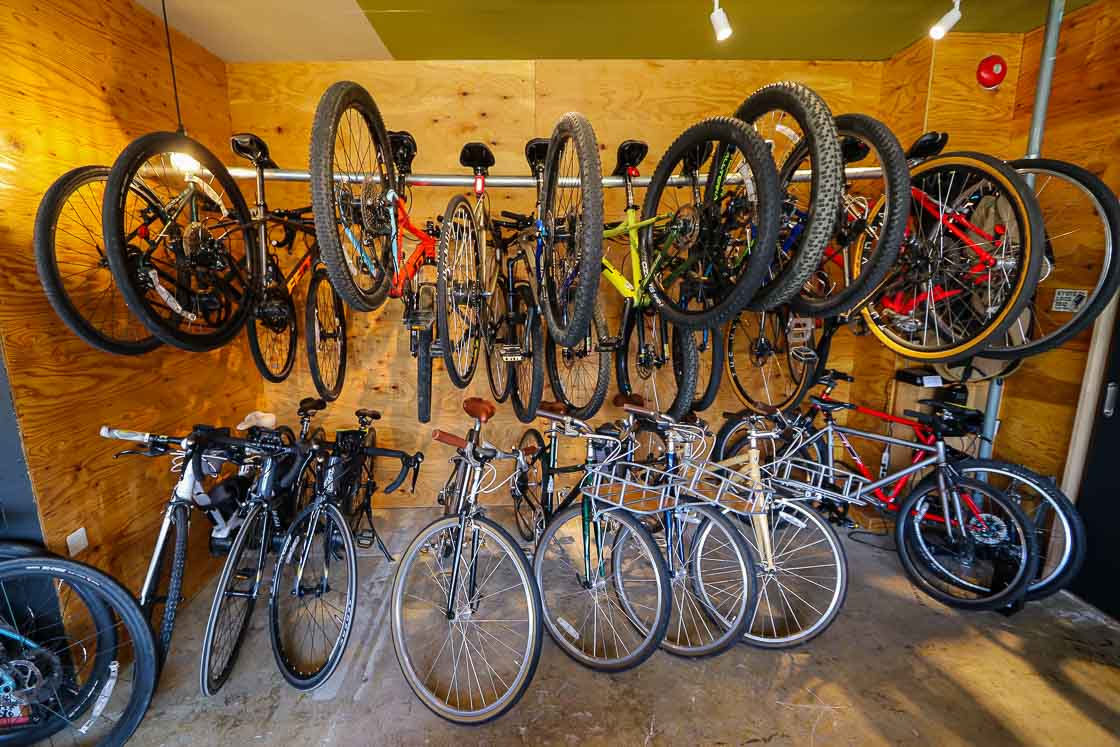
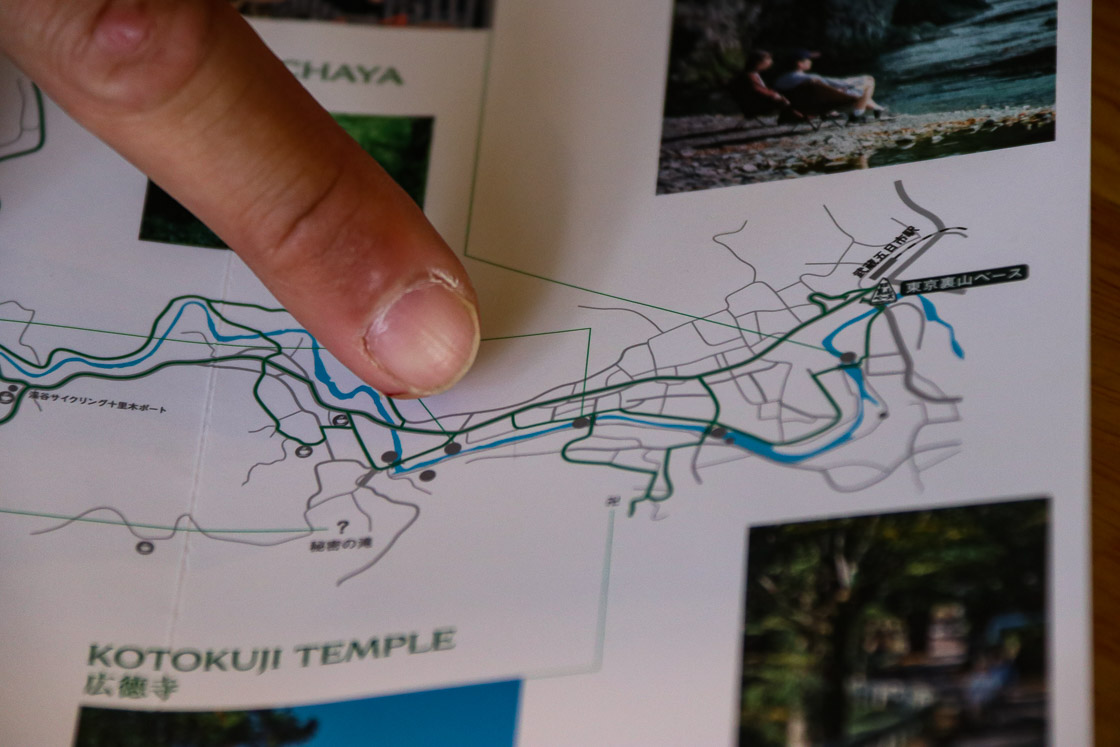
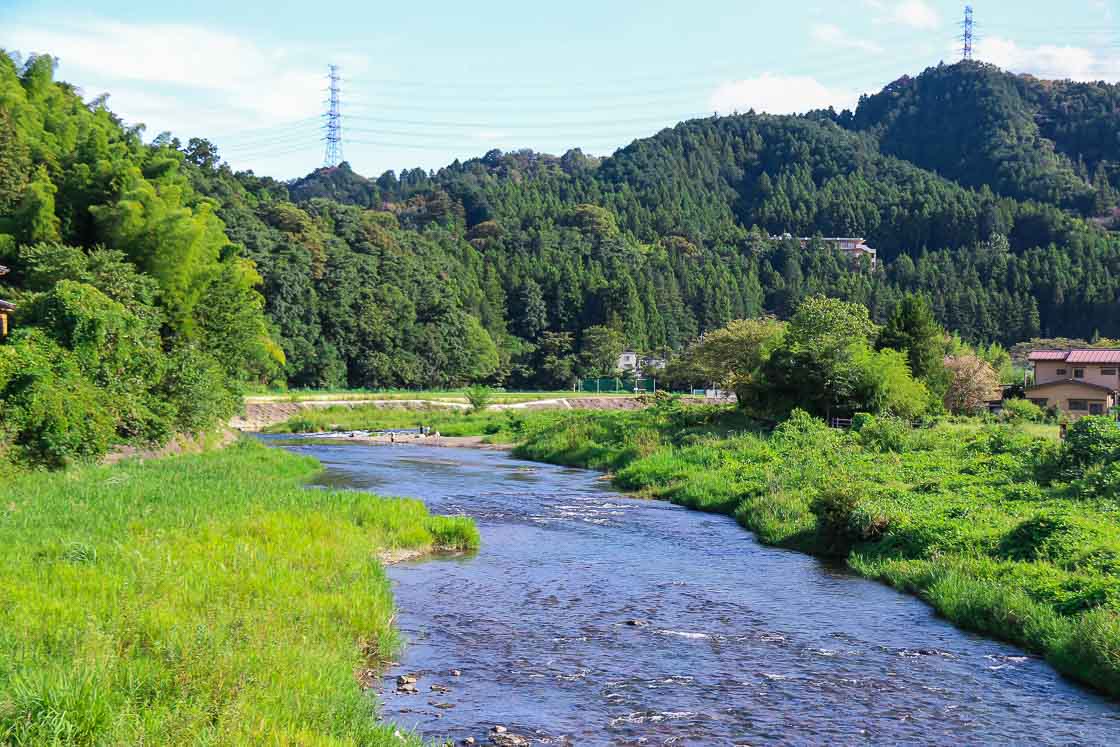
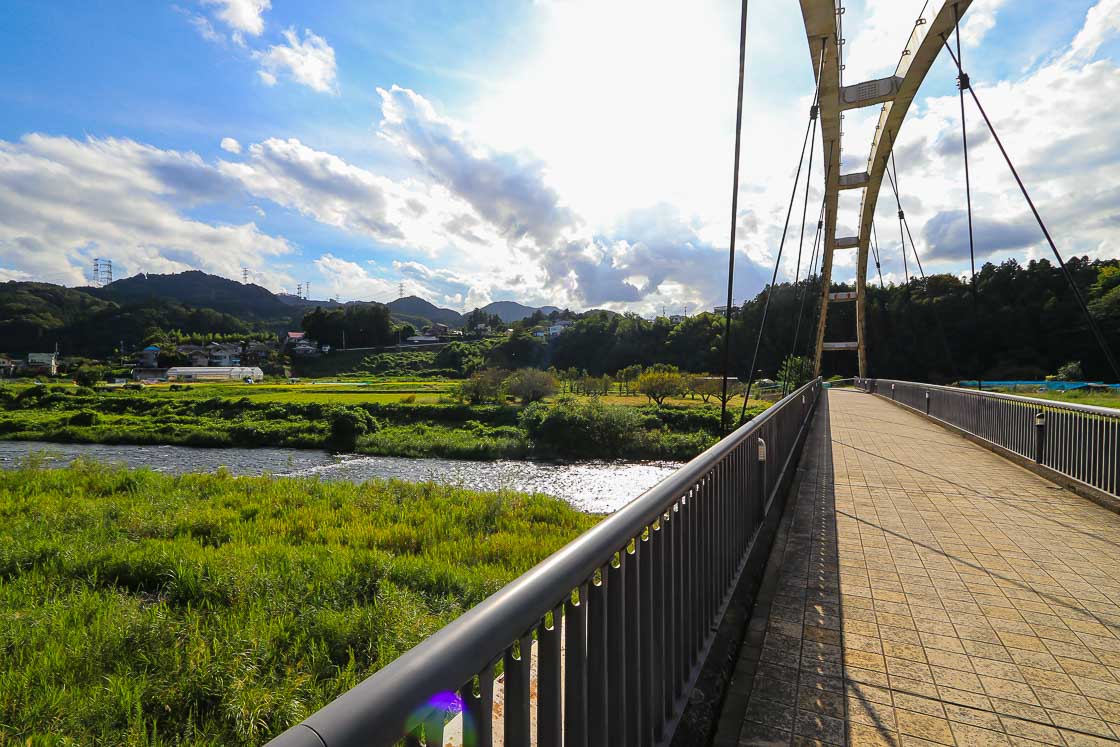
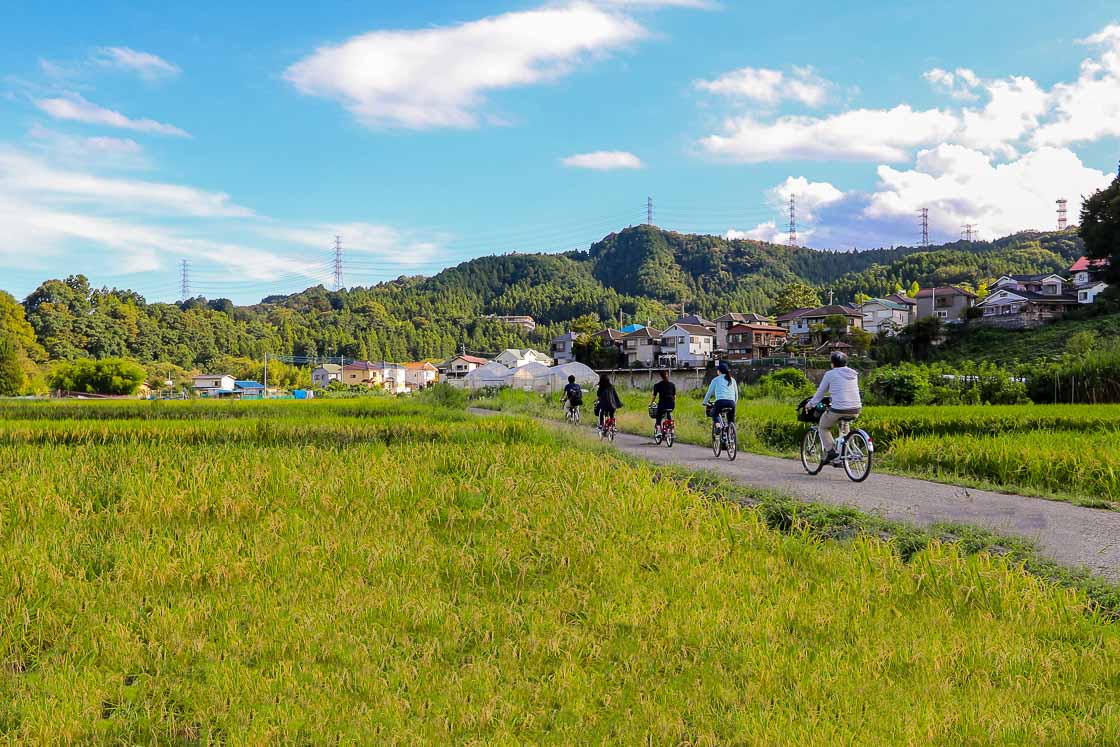
A relatively short 20-minute bicycle ride along the river brought me to Pignic, a micro pig farm and cafe. Visitors pay an admission fee, which starts from 1,000 yen for 30 minutes, and there is also a minimum order of one drink per person. Similar in concept to a cat cafe, visitors will be able to interact with the micro pigs in the cafe and the outdoor area. Pignic requests that visitors wash and disinfect their hands, and remove footwear before entering. As the micro pigs are prone to nibbling on items they find interesting, personal belongings should either be hung on the wall hooks or put out on shelves. Visitors are also welcome to pet and scratch the micro pigs who definitely enjoy the attention.
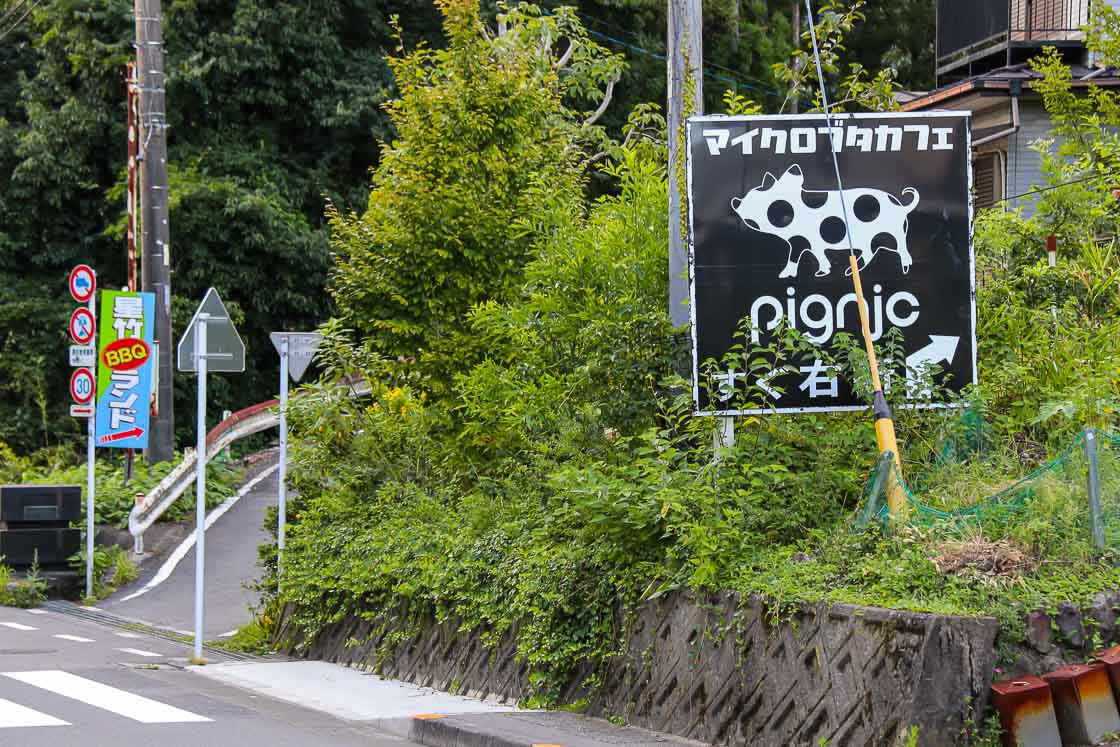
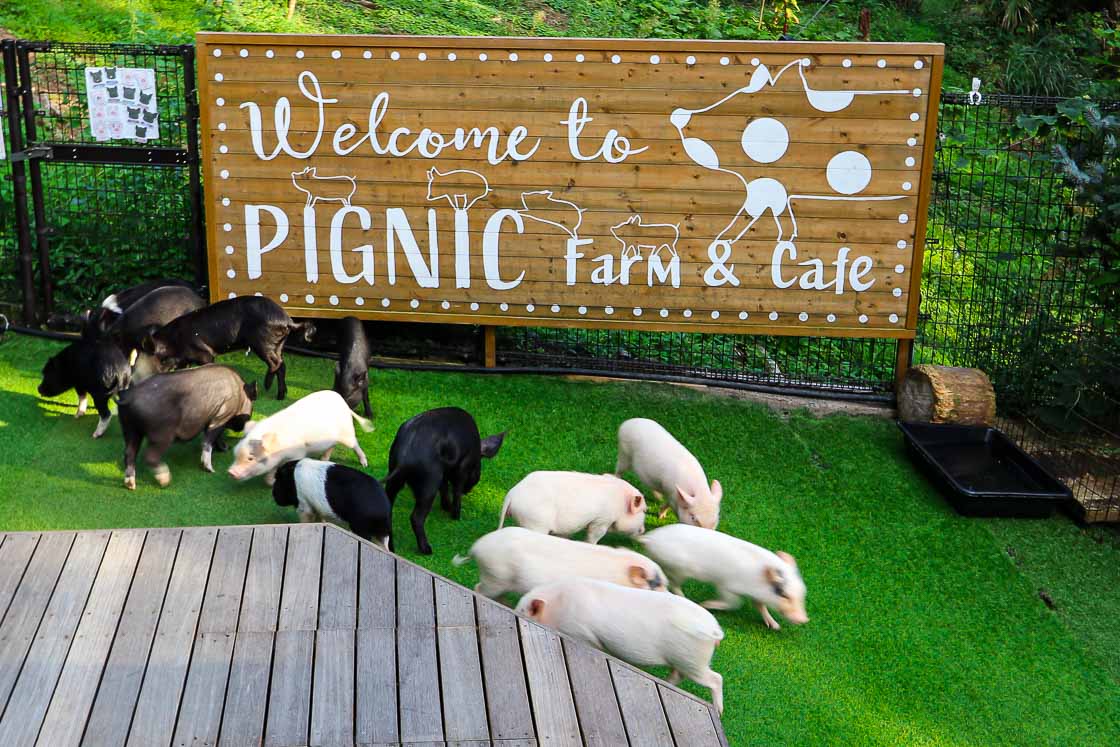
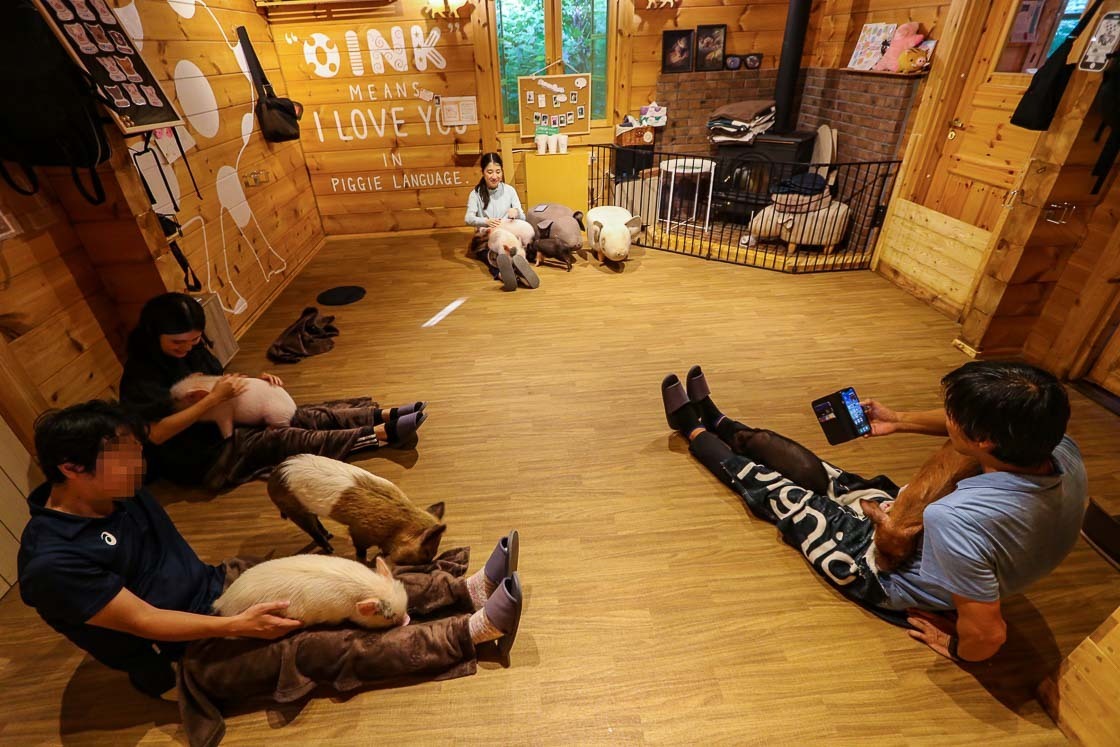

Time just flew by, and it was soon time to return my bicycle and make my way to Shizenjin Mura, a glamping campsite where I spent the night. Located in the forest, Shizenjin Mura is an approximately 30-minute walk from Musashi-Itsukaichi Station, but I opted to take a taxi from the station, which took less than ten minutes. Despite being just two kilometers from the station, the campsite was extremely quiet, and I felt like I was worlds away and deep in the country.
The campsite offers typical camp sites, mountain huts as well as beautifully designed wood cabins. Toilets and paid showers are available at the campsite, and one of the highlights is its sauna, which has to be reserved before use. Additionally, there are paid barbecue facilities and barbecue meal plans, which have to be reserved at least a day in advance. These ample facilities mean that visitors do not have to pack much to spend the night at Shizenjin Mura. I simply made a reservation to stay in a cabin and ordered a barbecue meal plan for my stay at the campsite. I can't think of a better and more convenient way to experience the outdoors in a foreign country!
I had a very fulfilling first day in western Tokyo hiking, cycling and meeting the local micro pigs, and there was nothing like a nice barbecue with some cold drinks to end the day.
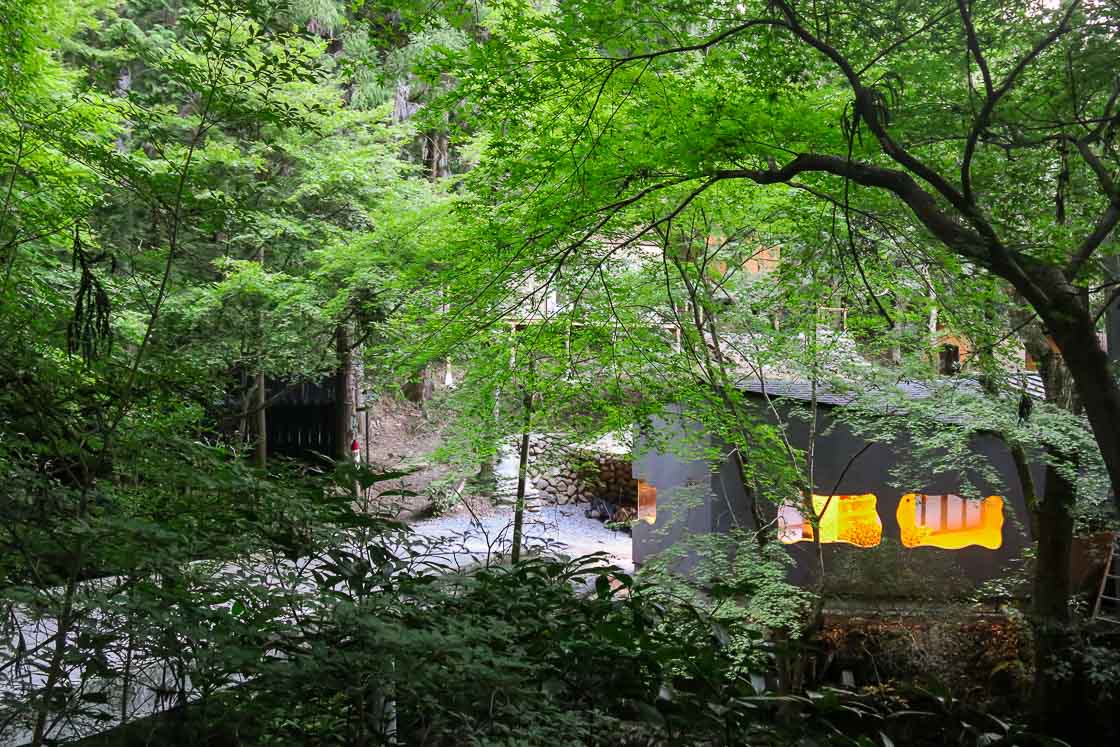
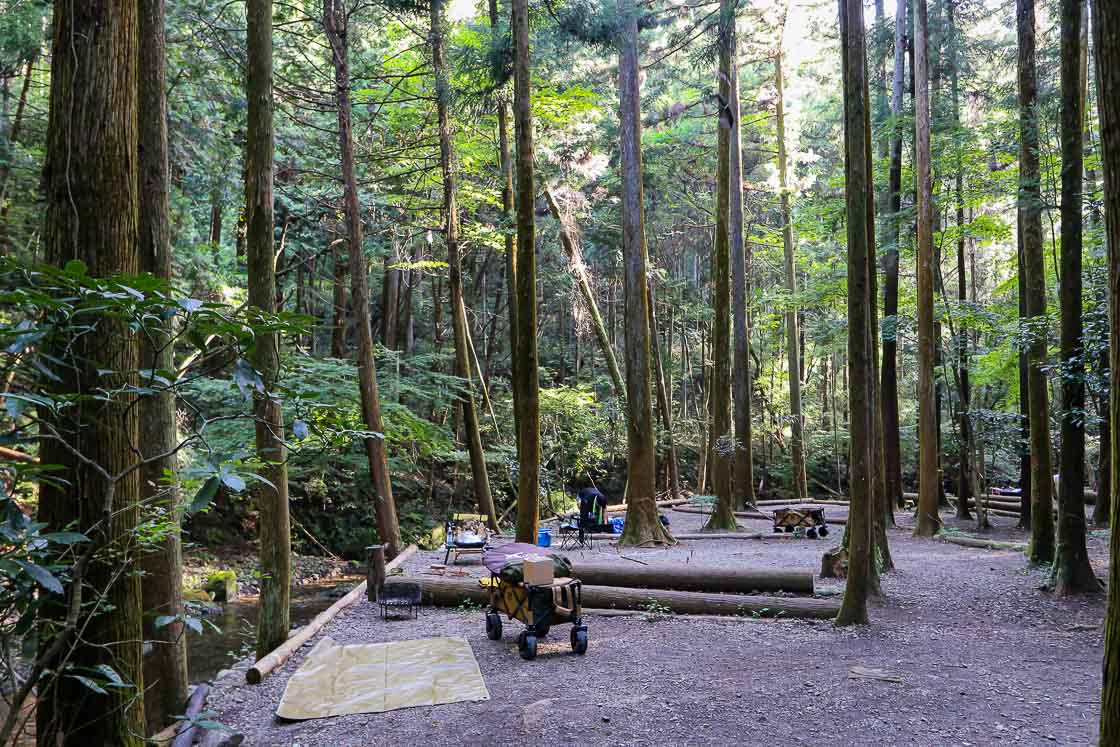
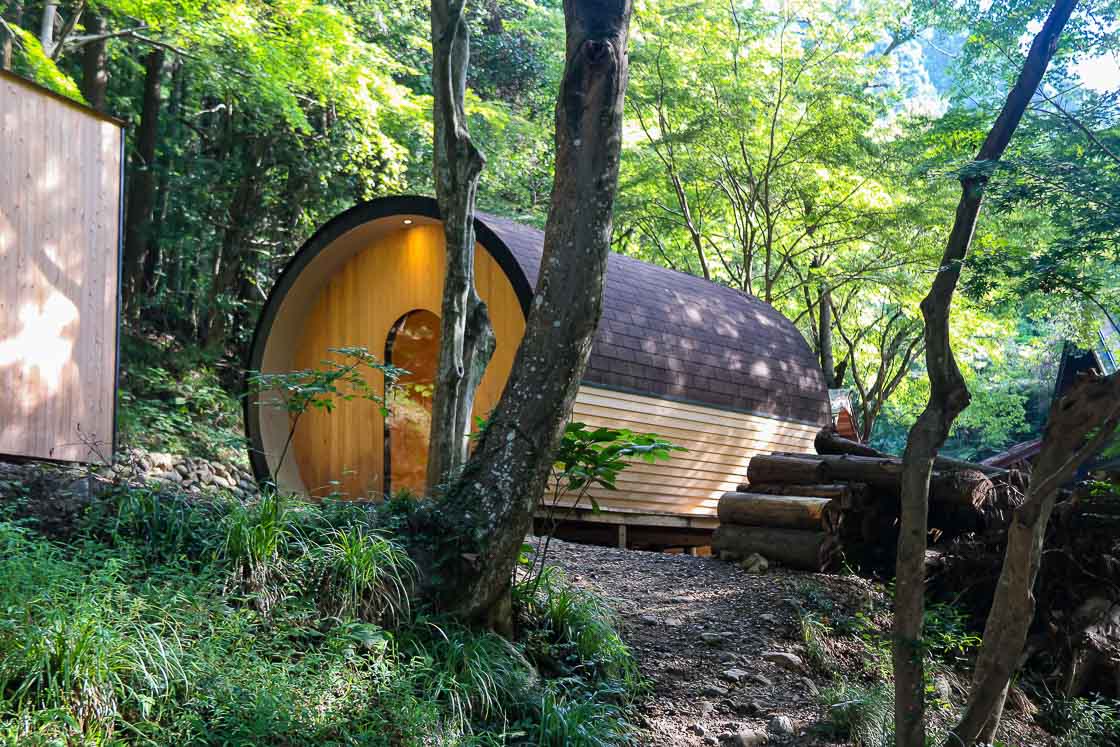
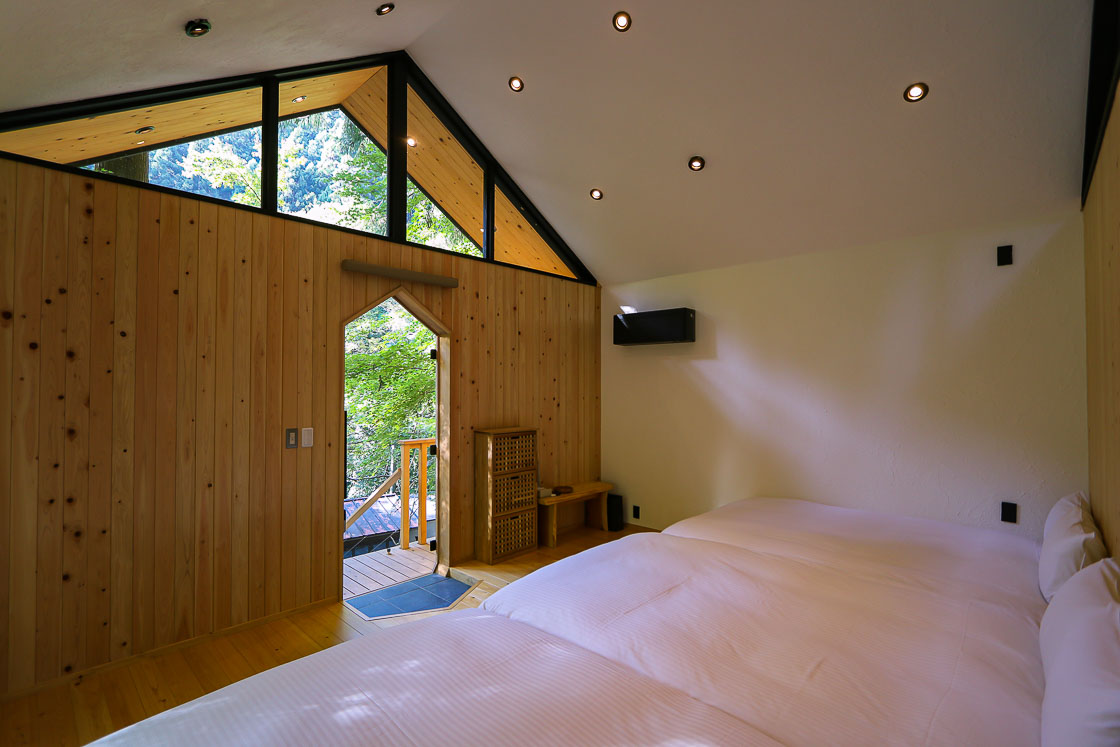
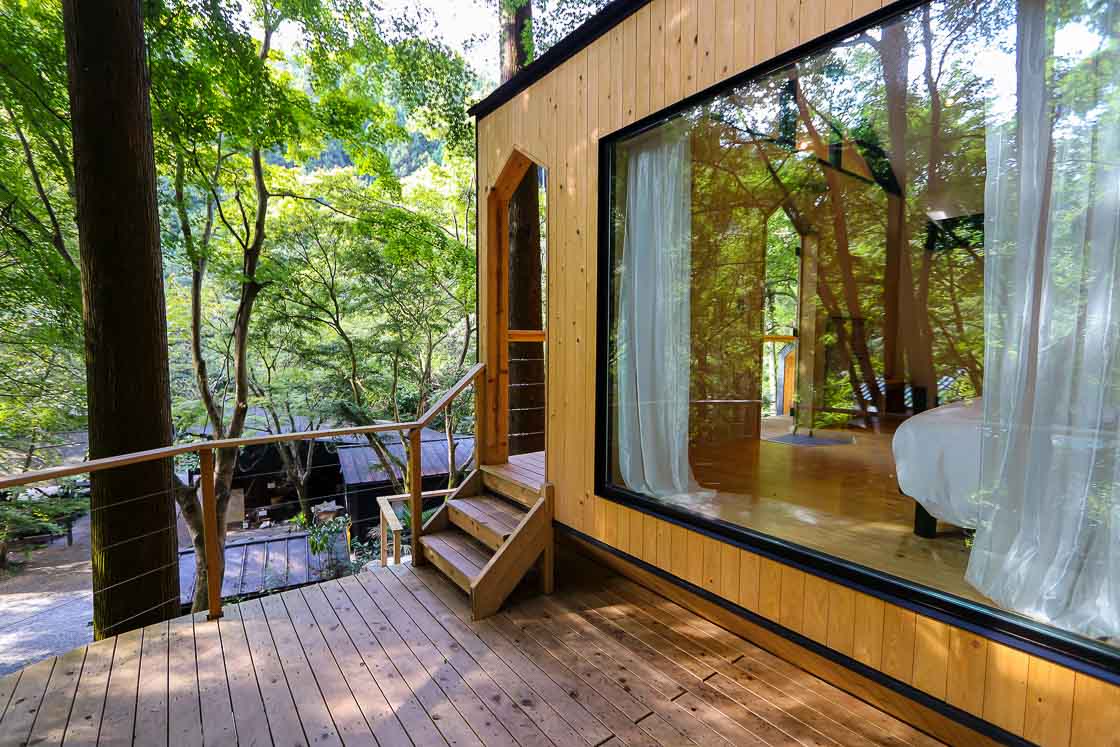
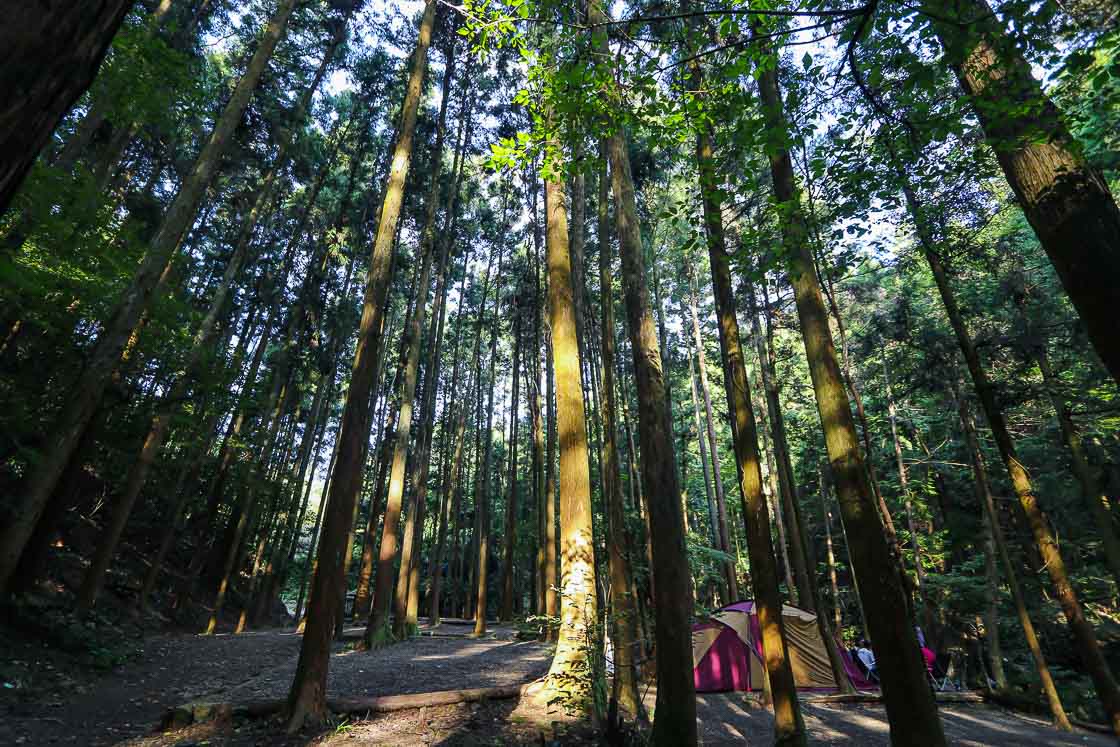
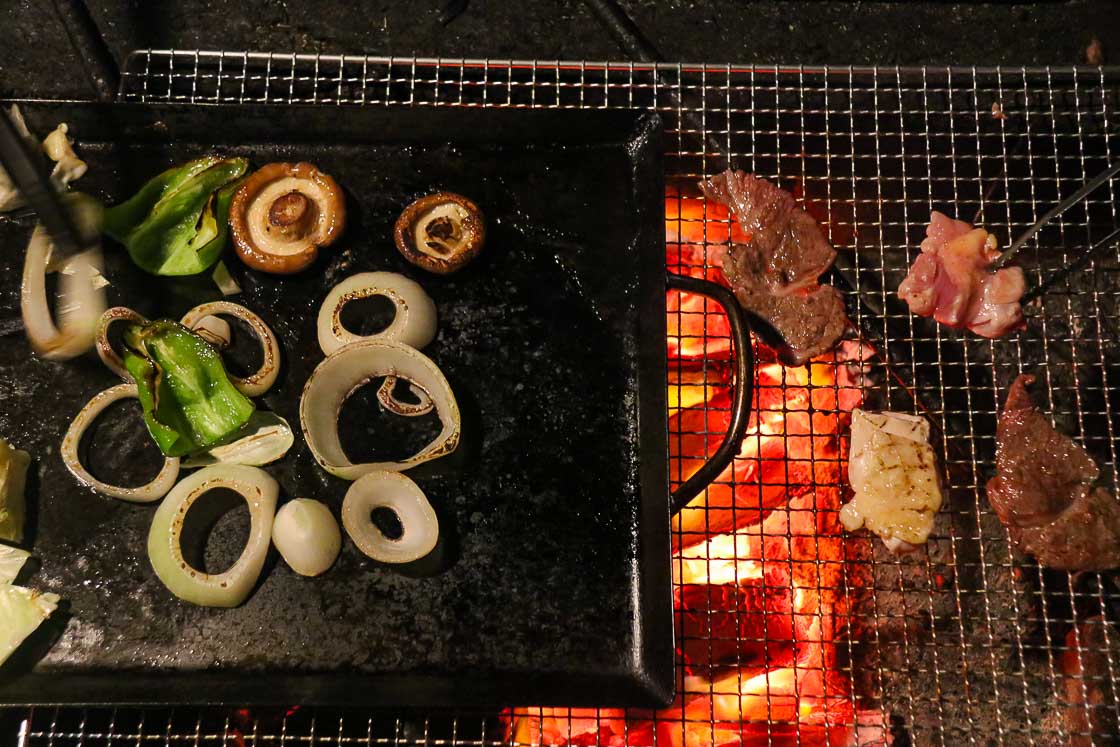
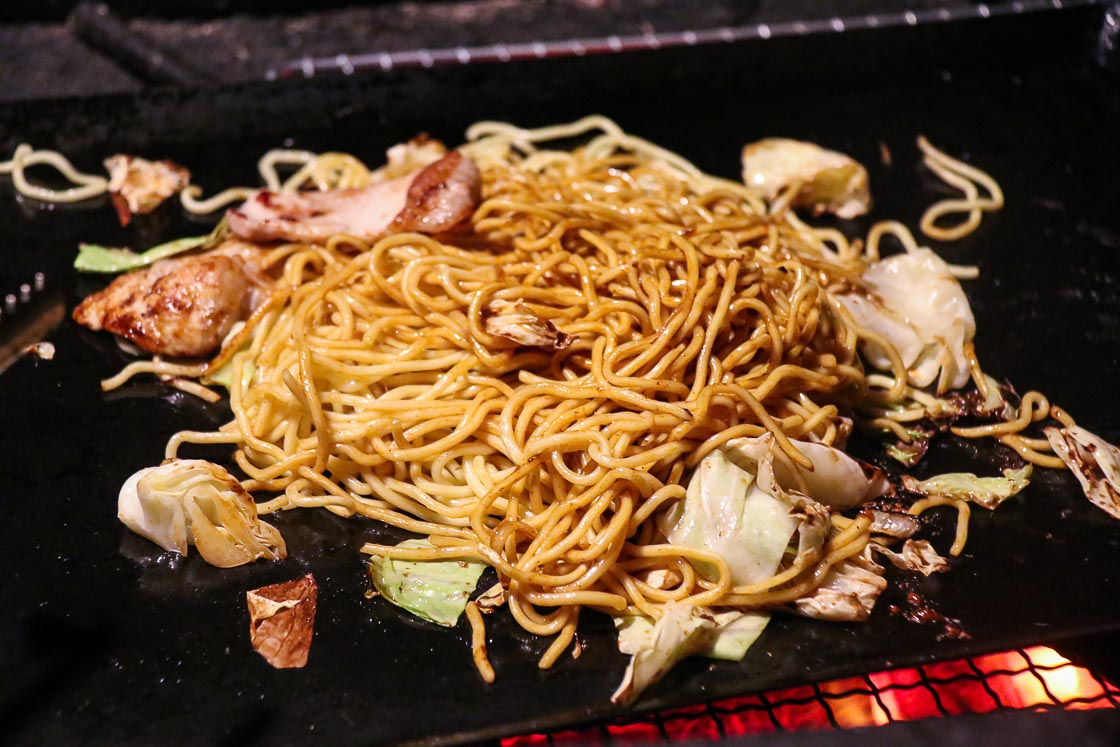
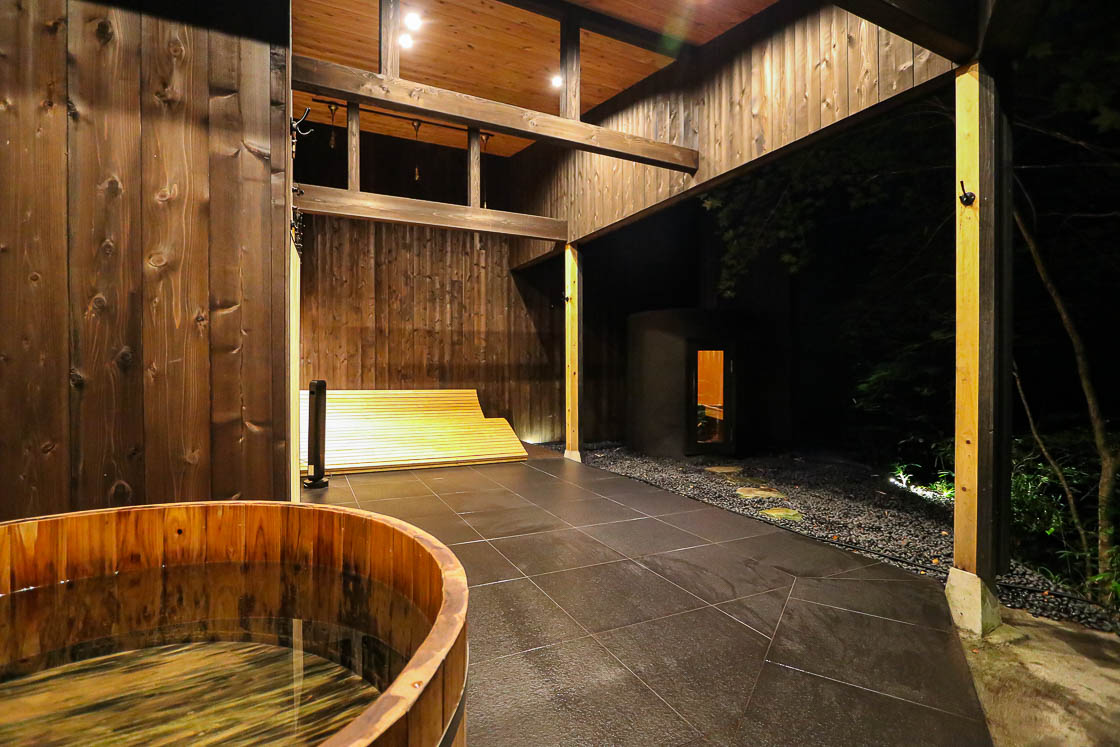
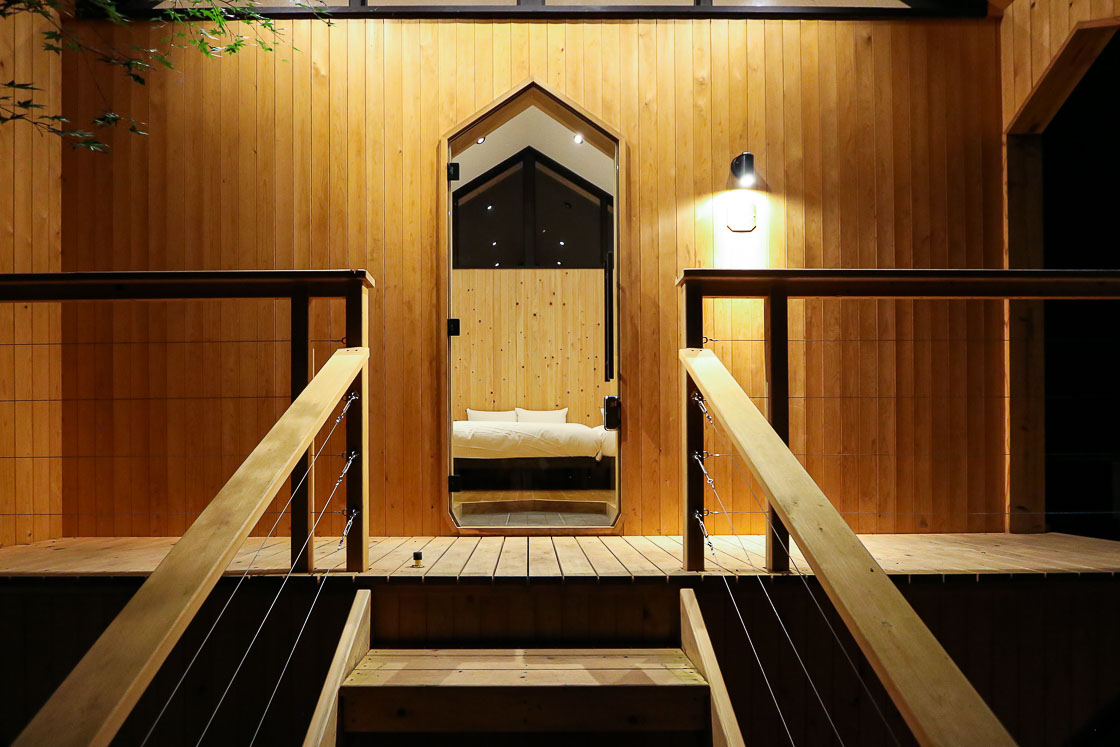
Day 2: Fishing in Akigawa and retro shops in Ome
The sounds of nature and the morning sun roused me, and there must have been something in that clean countryside air that I woke up refreshed and ready to begin the new day. My plan for today was to go fishing, then move on to Ome City. I packed my bags and walked downhill to Musashi-Itsukaichi Station.
Fishing in central Tokyo might be unimaginable, but here in western Tokyo, visitors can look forward to trout fishing in a river surrounded by nature. My destination was the Akigawa International Trout Fishing Ground, a mountain stream fishing area which is about a 25-minute bus ride from Musashi-Itsukaichi Station. The fishing area spans few hundred meters along the mountain stream, and farmed trout is released into the clear waters for people to fish. I thought that this was a fun introduction to fishing for children and those who are new to the activity.
There is no need to prepare anything in advance as everything can be rented from the shop, including bait and fishing rods. The expert staff were very friendly and made sure that I knew how to hook my bait and cast the line. They were also very supportive and helped to remove my catch from the hook. The best part of fishing for me was exchanging my catch for fresh, salt-grilled trout for 100 yen and having lunch at the restaurant. Additionally, there is a barbecue area, where groups can rent space to have barbecues along the riverside. I thought it was such a great idea, and I have already made plans to spend the day fishing and barbecuing there with my friends.
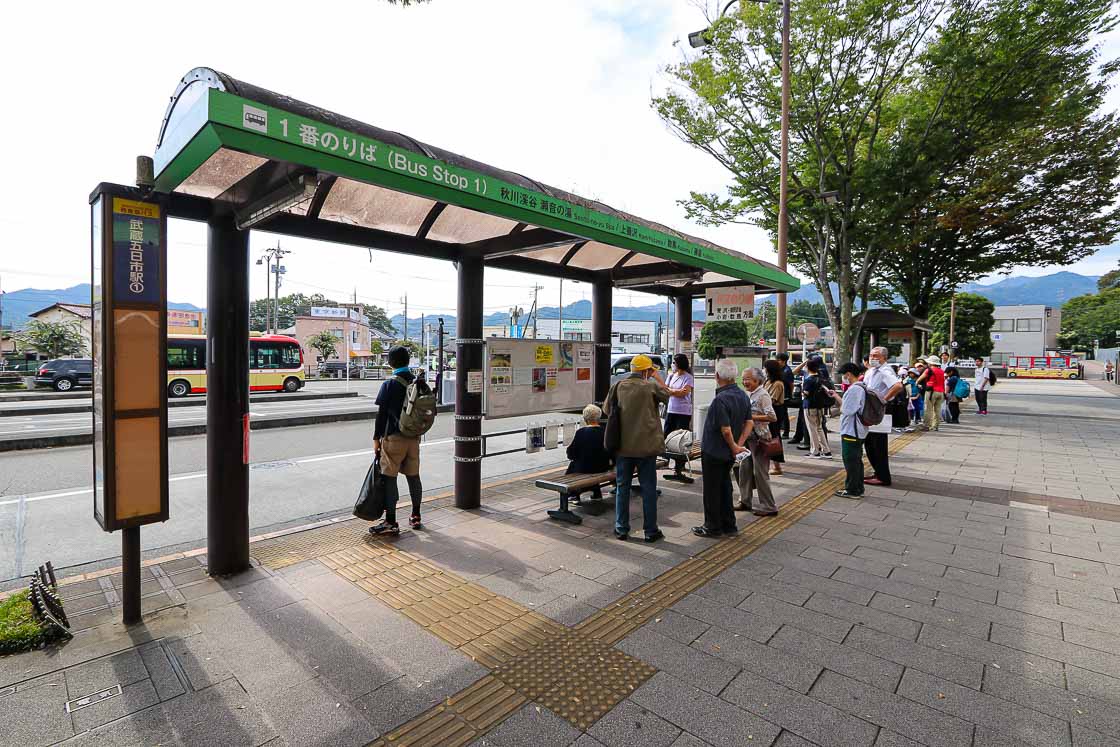
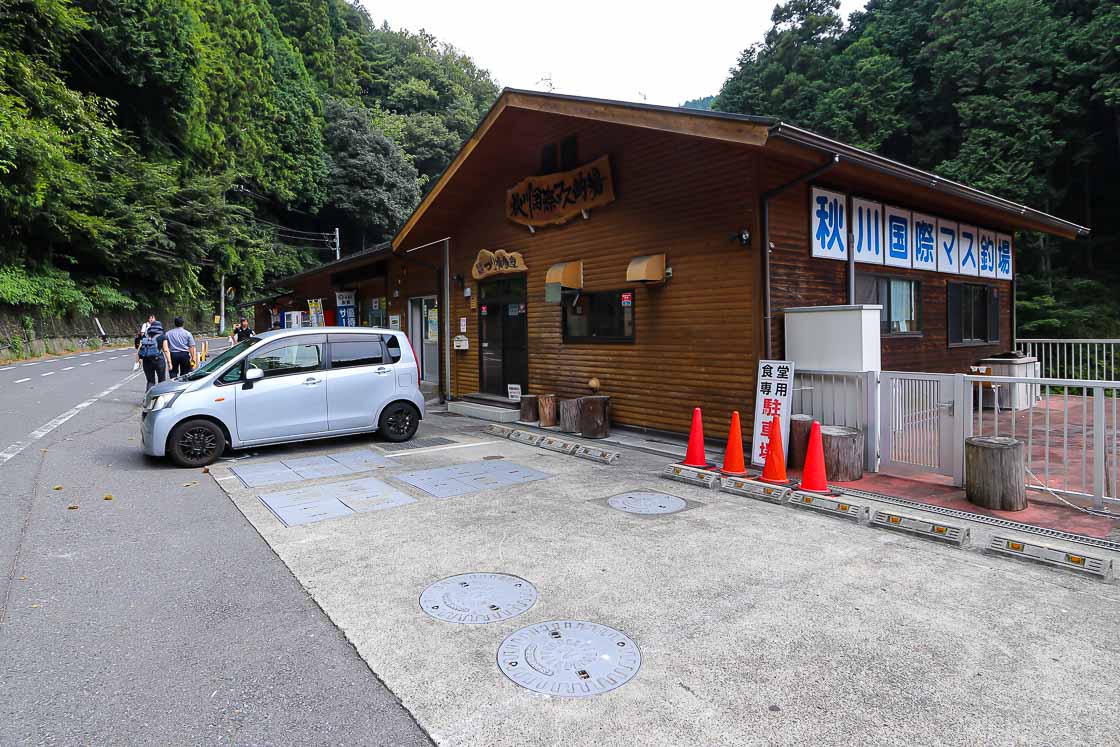
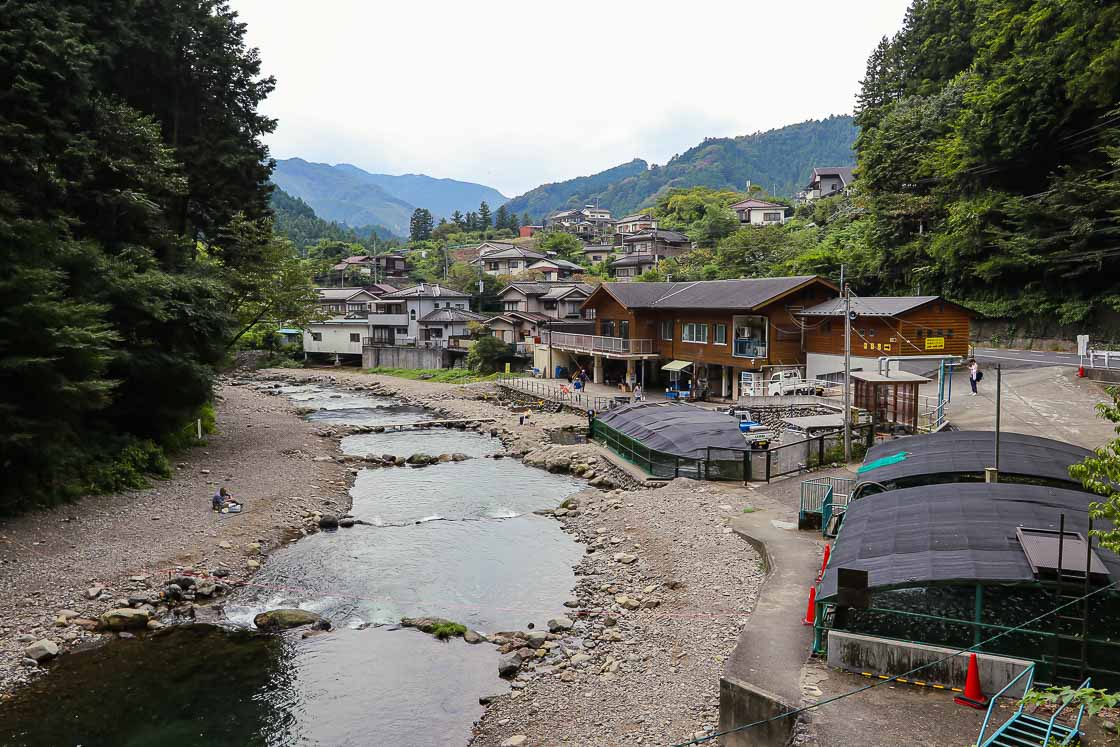
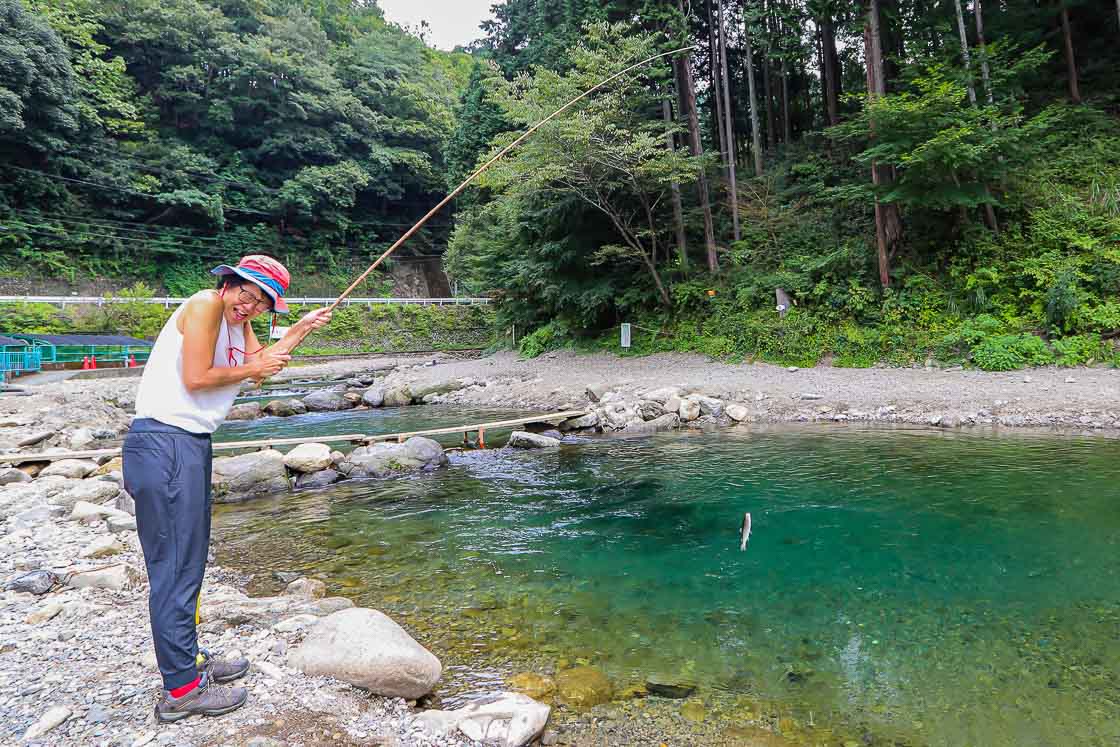
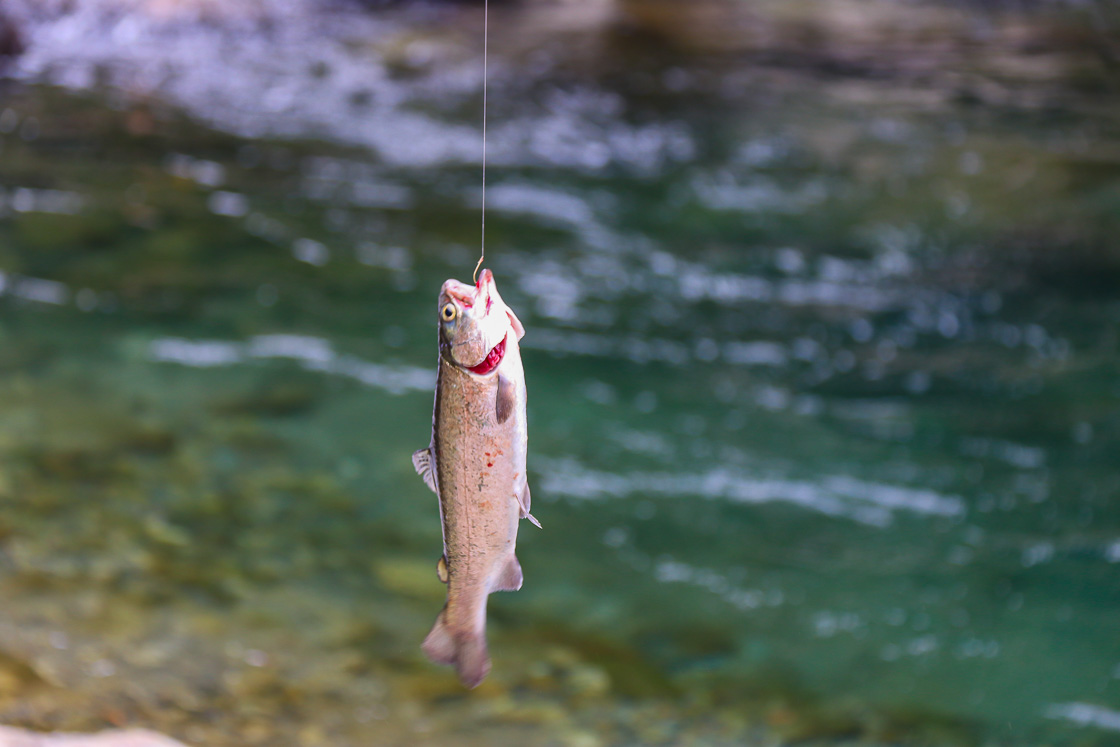
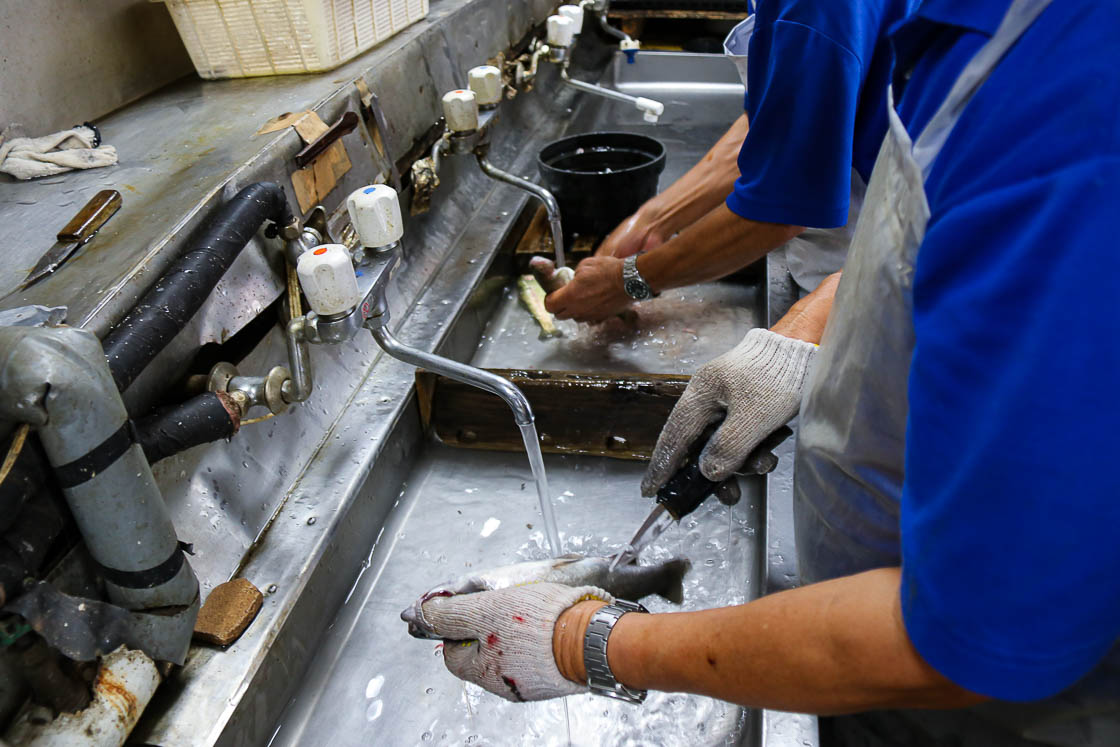
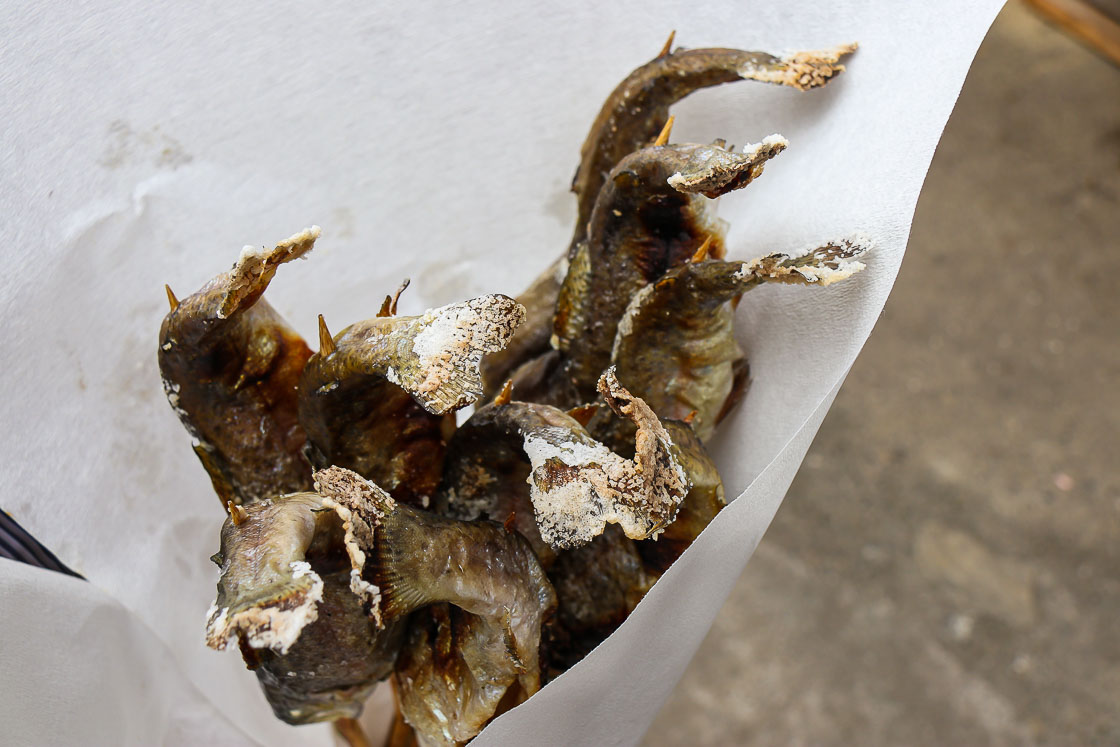
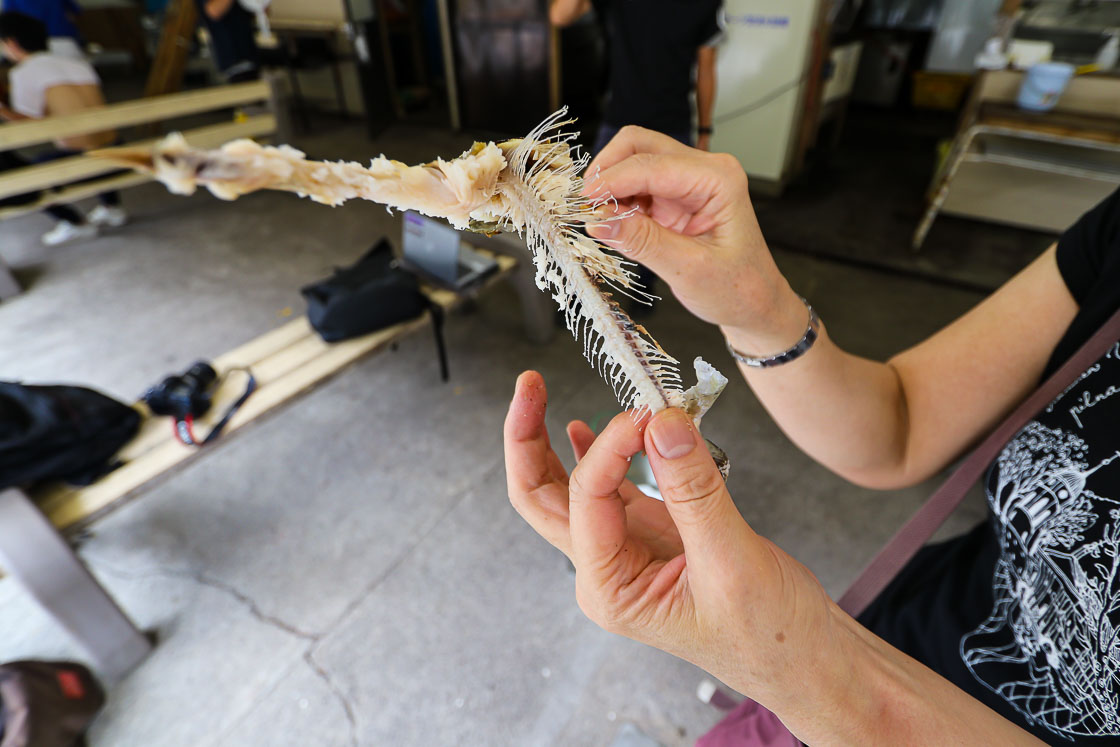
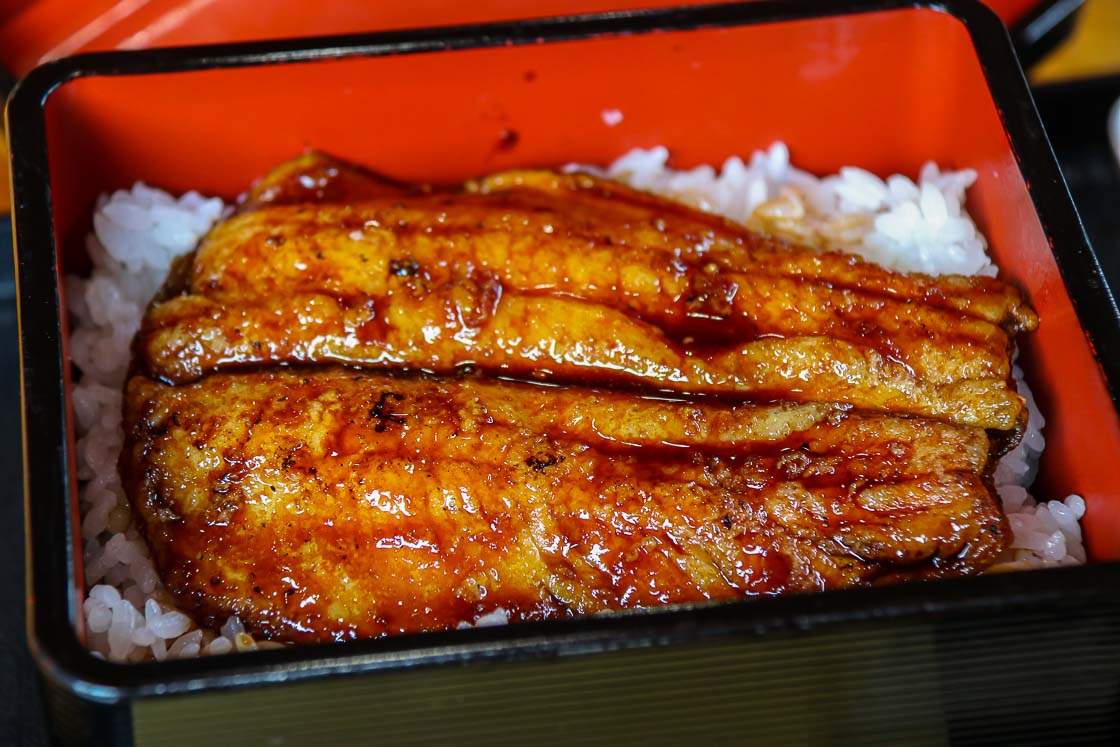
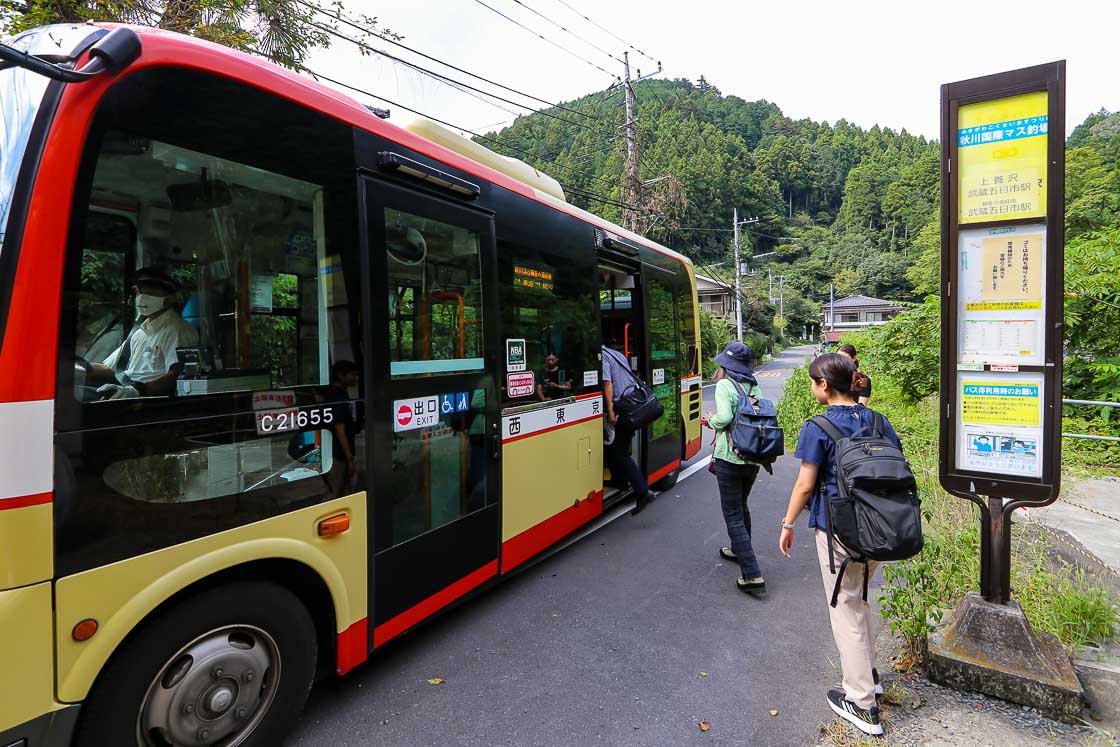
Fishing and lunch took up the first half of my day, and it was soon time to depart. I took the bus back to Musashi-Itsukaichi Station and caught the train to Ome, whose streets are known for its retro atmosphere of the 50s to 80s. I visited four spots in Ome, starting at Sumiyoshi Shrine, a major shrine in the city, then continued to two retro museums and ended the day at a restaurant specializing in local craft beer.
Sumiyoshi Shrine is a quiet shrine five minutes on foot from Ome Station. Established in 1369, the shrine has seen the development and progress of the Ome region over the centuries. Intricate and elaborate carvings can be seen on the shrine's offering hall, adding a sense of grandiosity to the wooden structure. The compact shrine grounds did not take long to cover, but visitors should not miss out walking to the side to see the centuries old main hall at the back.
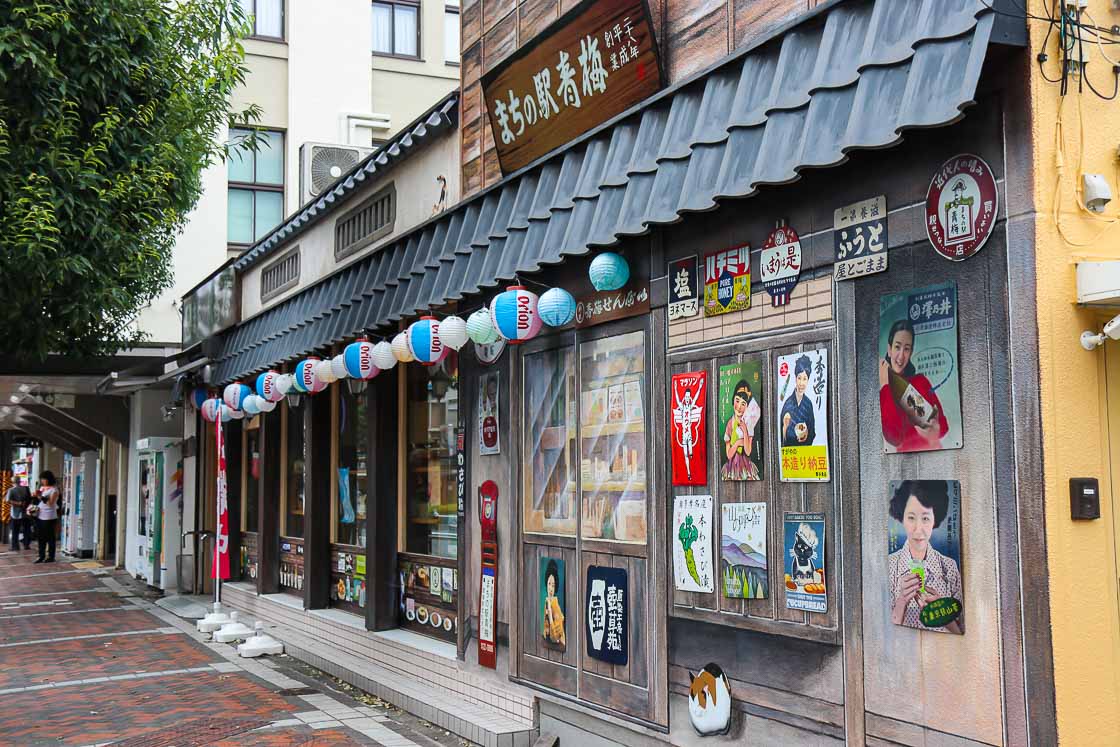
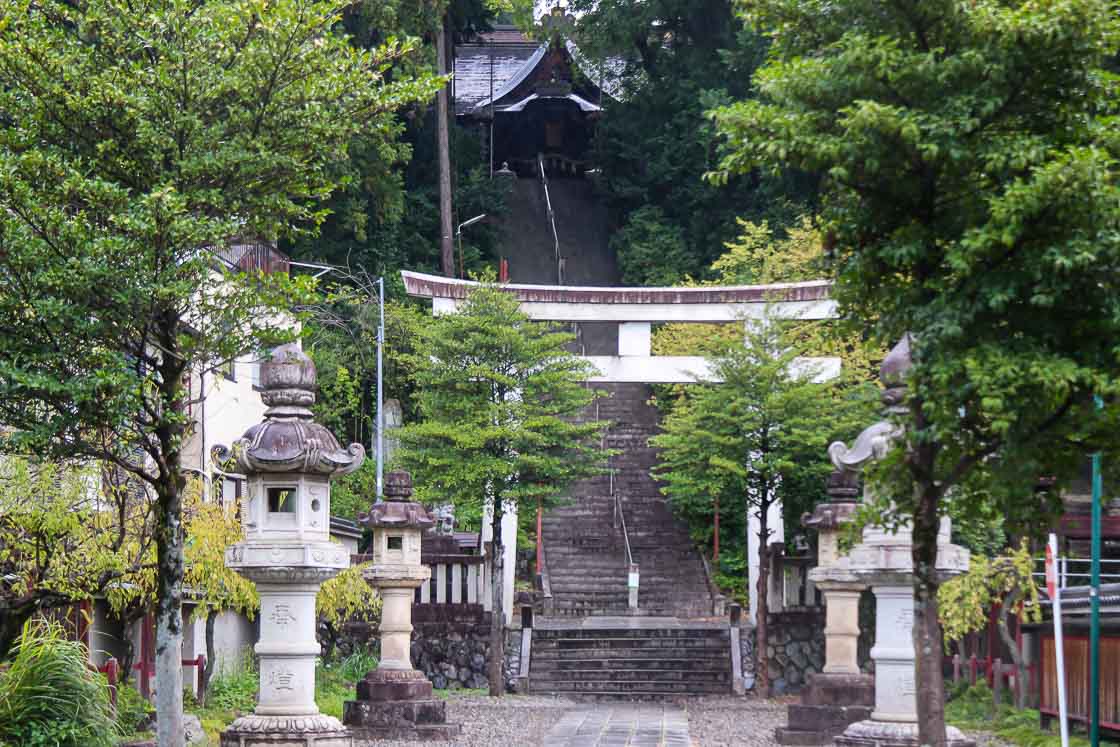
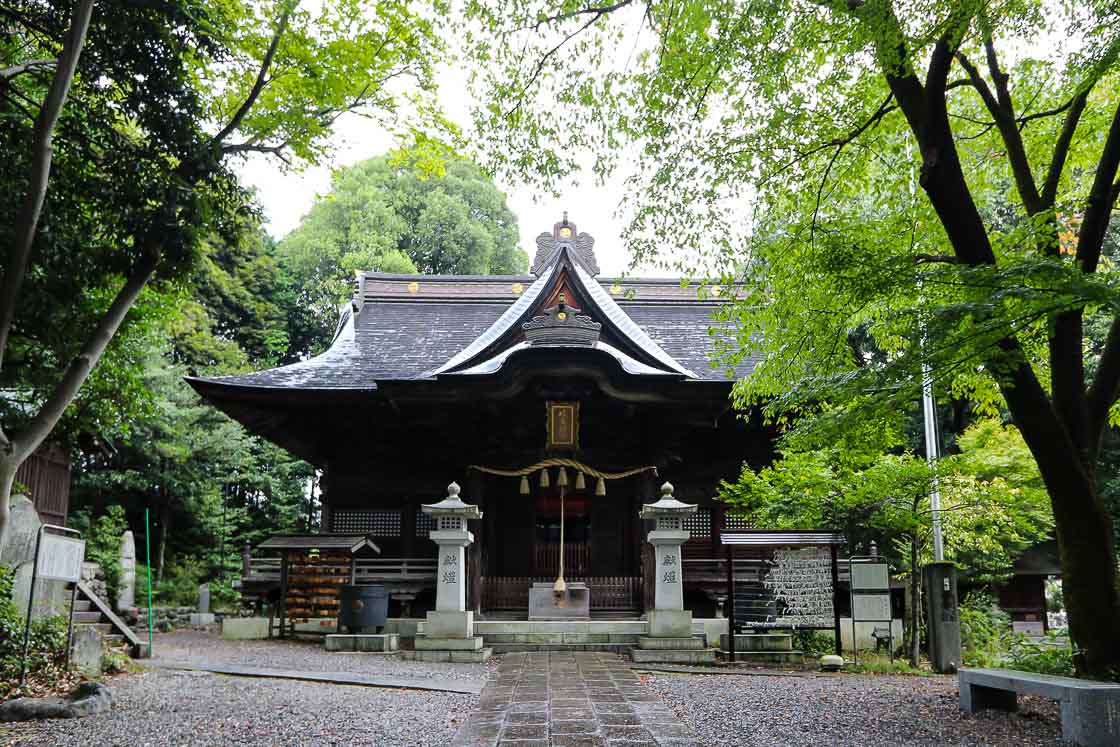
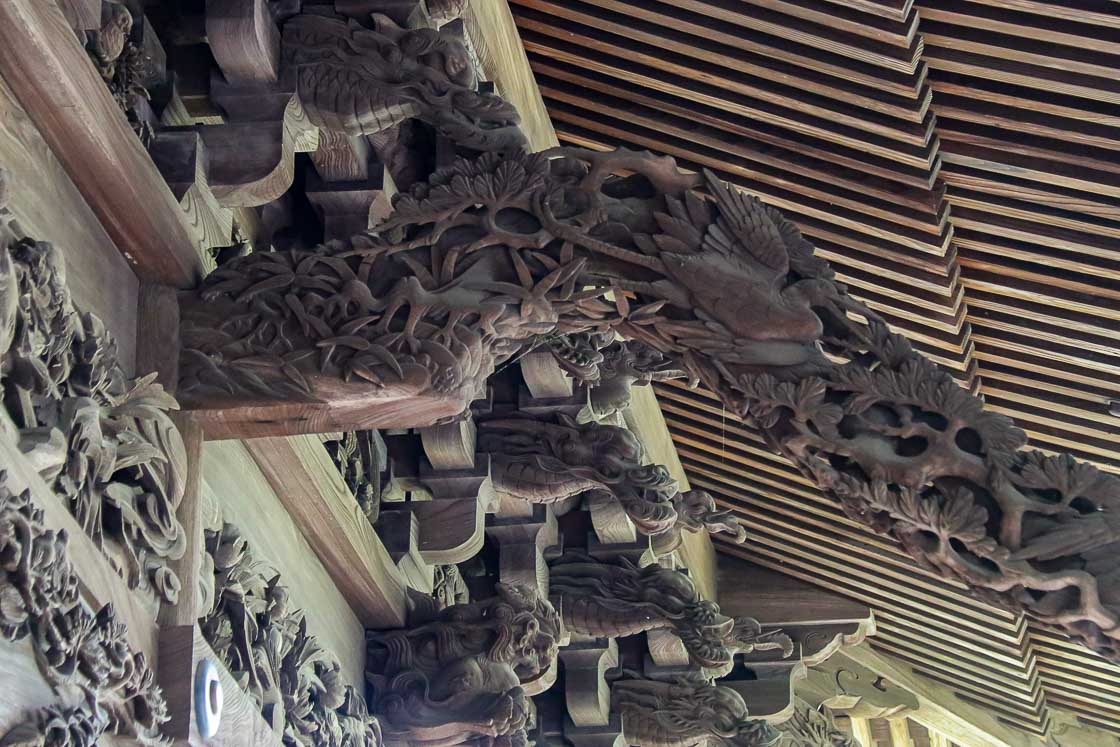
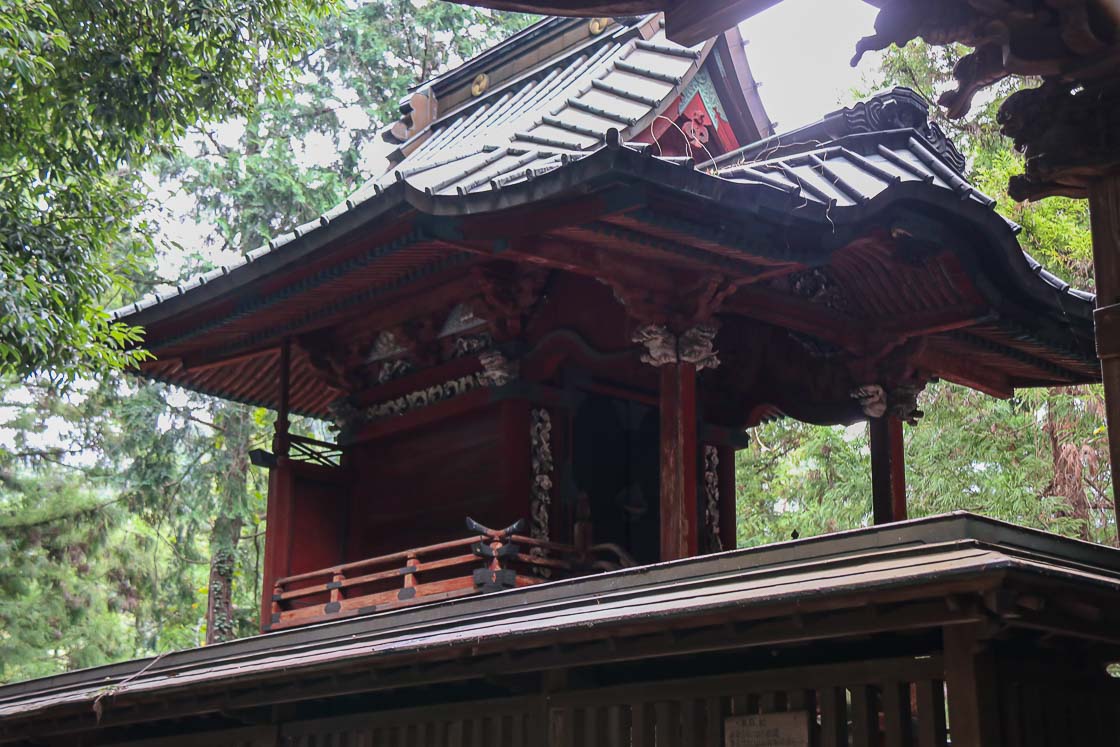
From there, it was a short one-minute walk to the Showa Gentokan, which is a small museum displaying the collaboration works of Arita Hiromi, an ink wash (sumi-e) painter who primarily paints cats, and her grandma, Arita Chabo, who makes stuffed toys. Their permanent exhibition, which is of cats in retro Ome-related settings, is an homage to the city. I enjoyed looking at the cats in their various backgrounds as well as the detailed diorama of a retro street, whose inhabitants are all anthropomorphic cats.
A stone's throw down the same street is the Showa Retro Packaging Museum, a museum displaying packaging designs mainly from the 50s to 70s. The showcases were packed with items, showing the progression of package design over the decades, as well as relics from the past. Older visitors would definitely feel a sense of nostalgia inside this museum, while foreign visitors can get a look at vintage Japanese commercial designs. I personally appreciated the classic movie posters, photography equipment and toys. Some toys and designs have definitely endured the test of time as they've remained the same even after all these years.
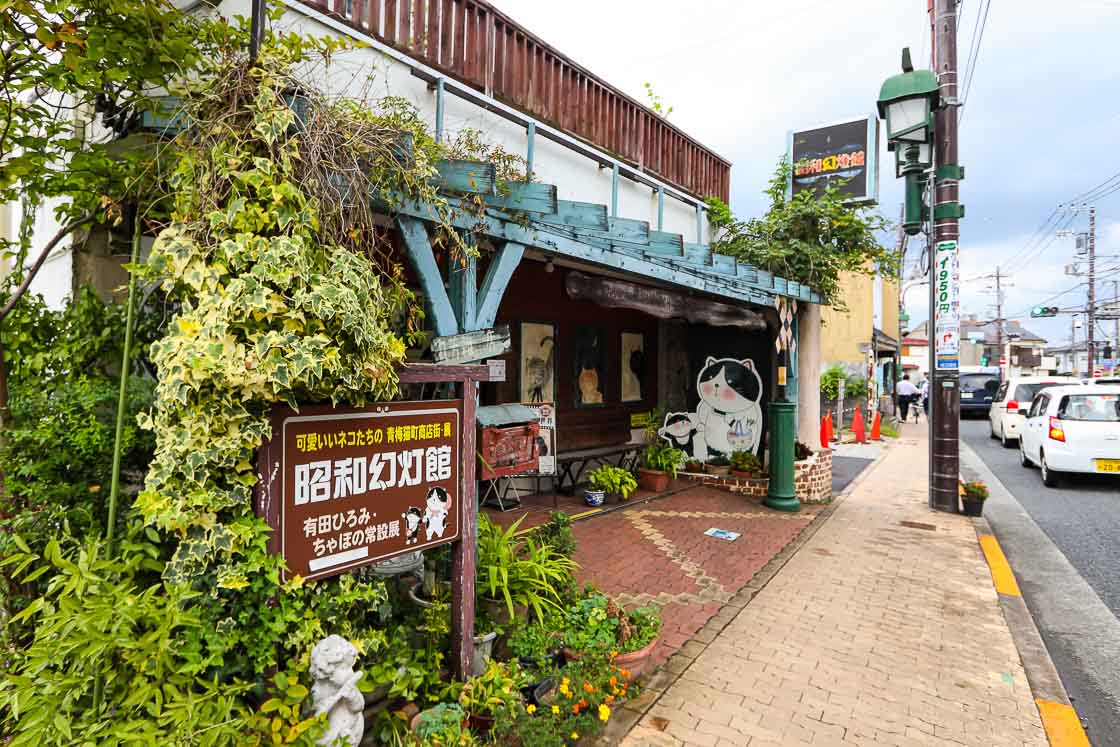
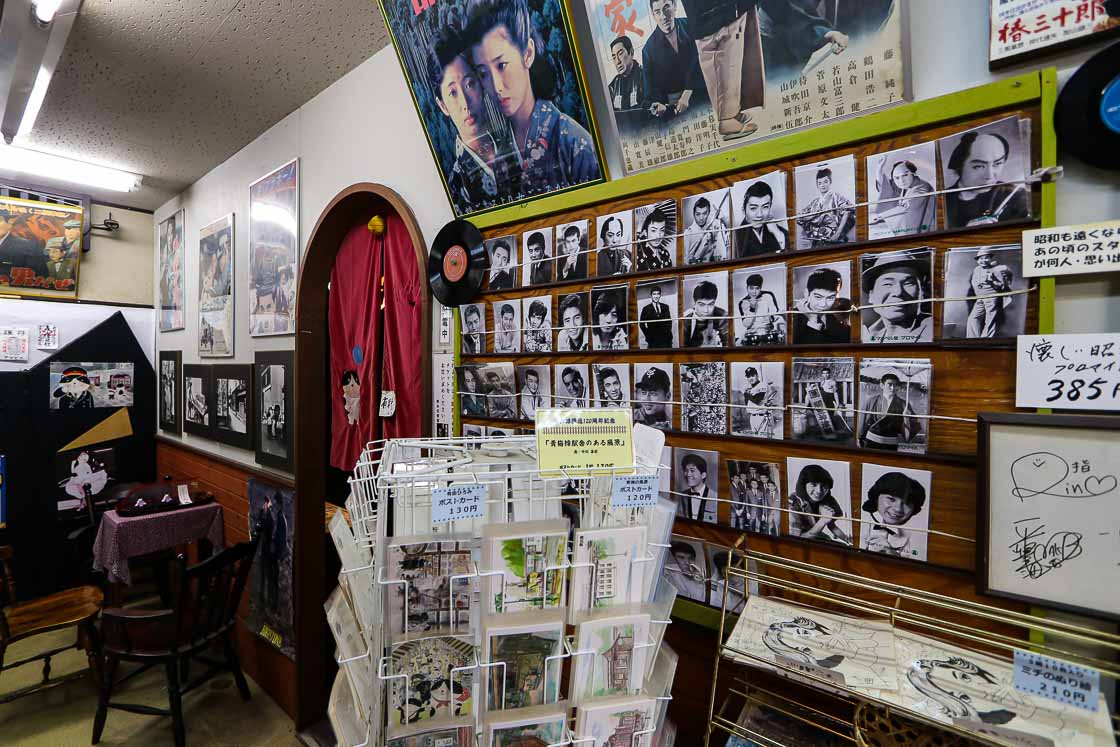
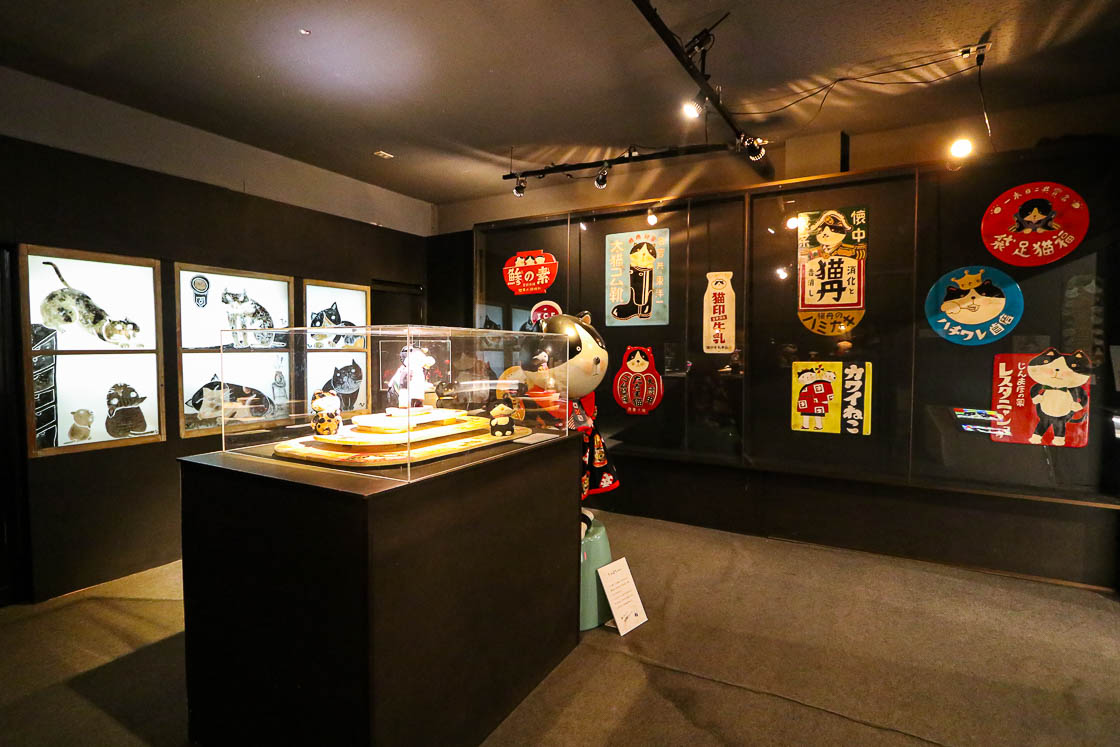
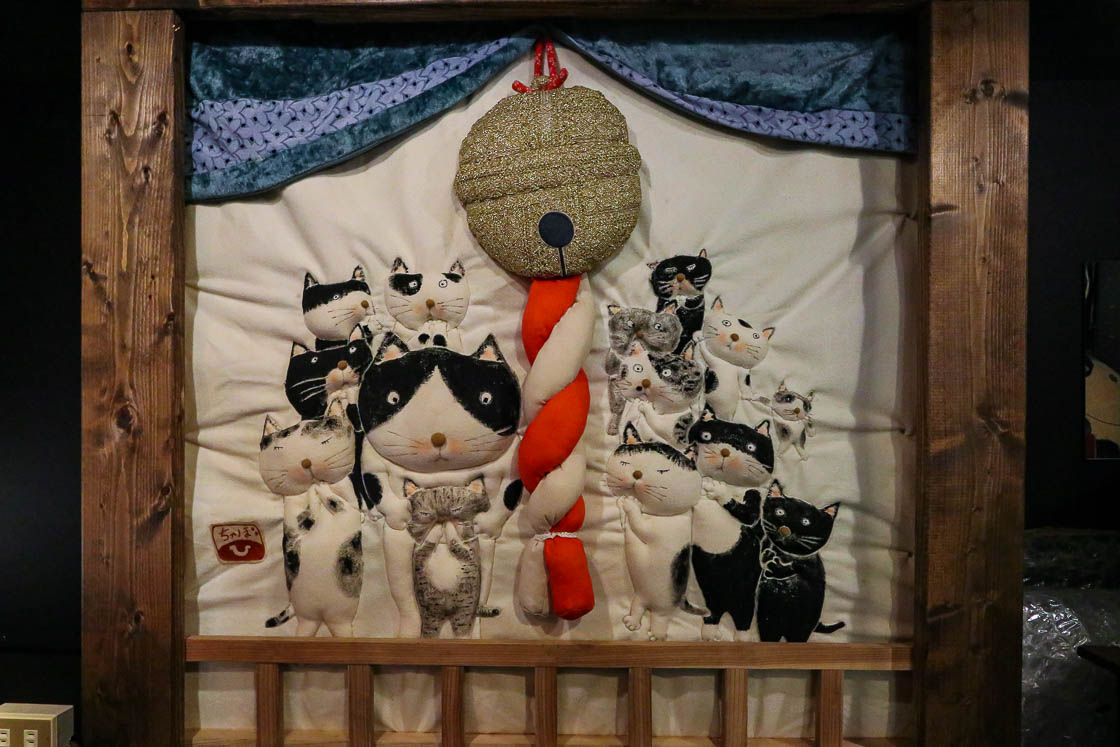
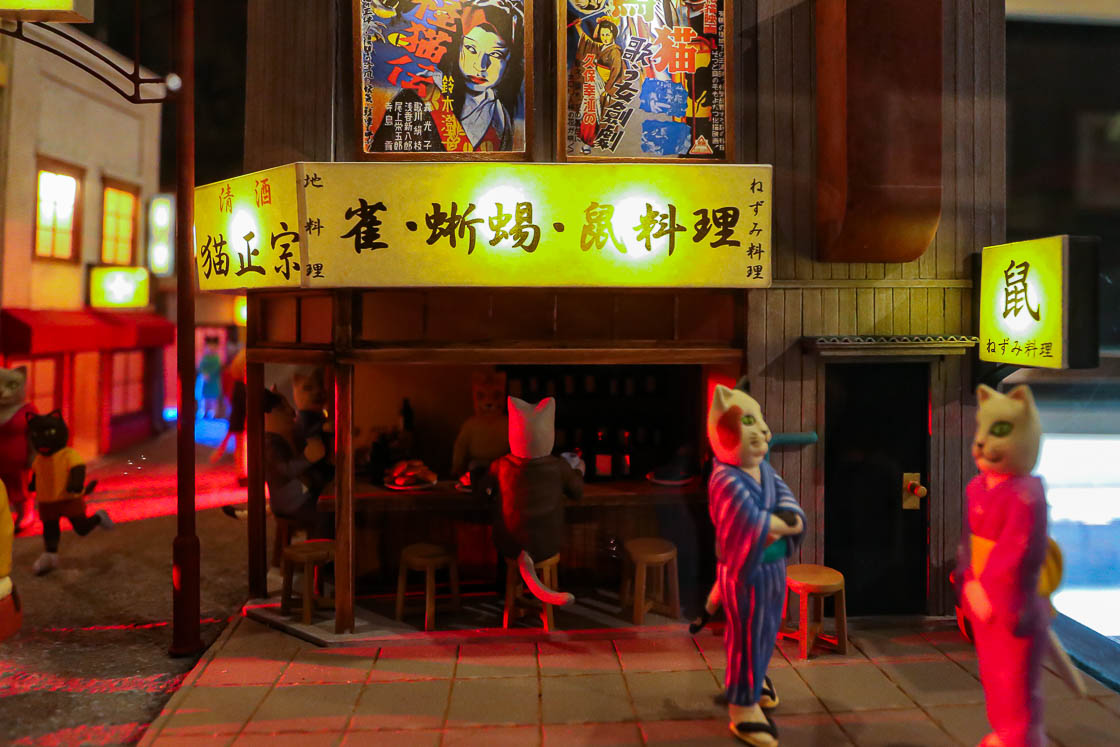
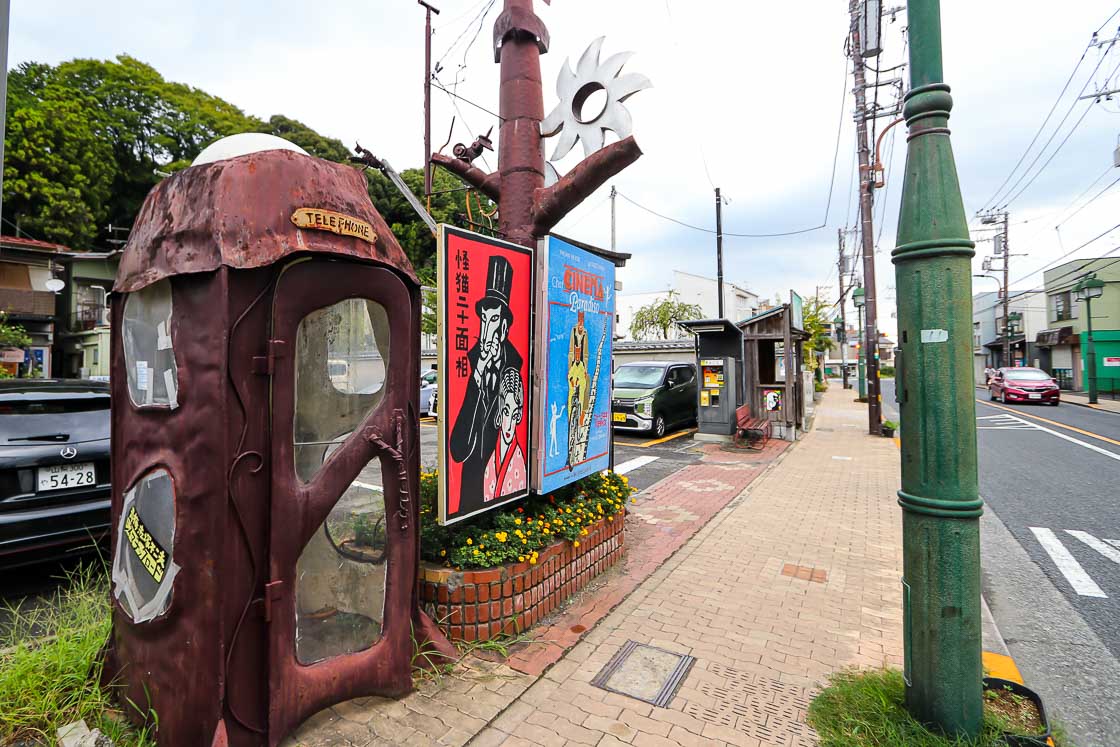
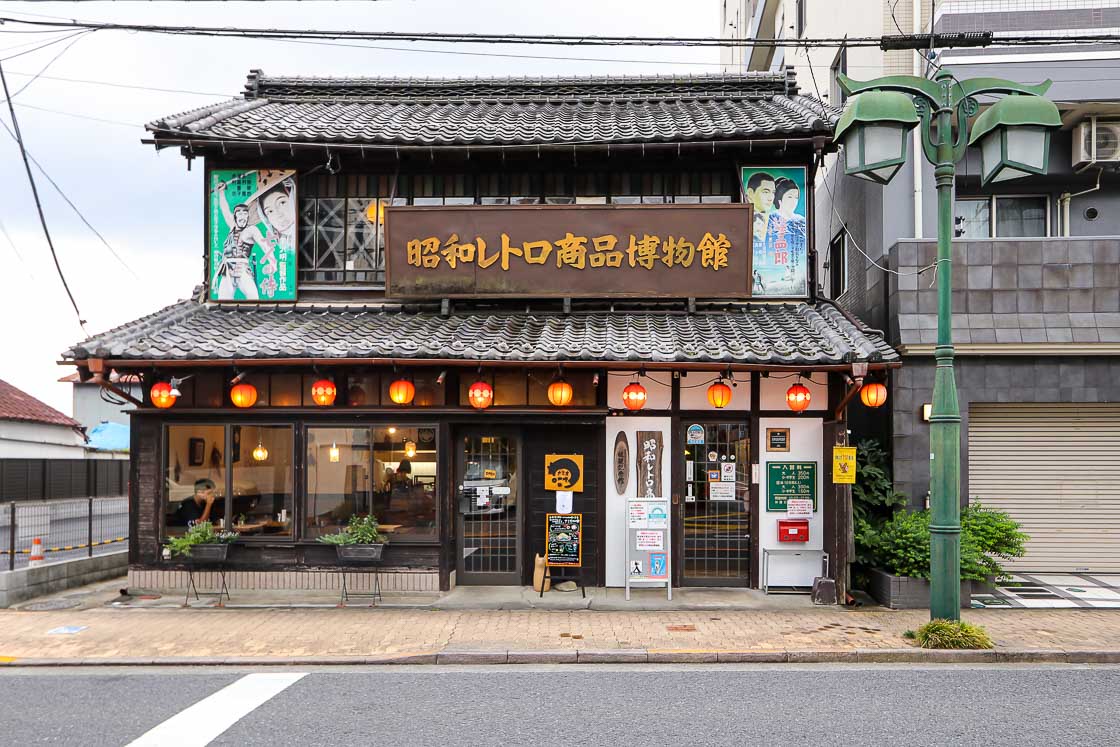
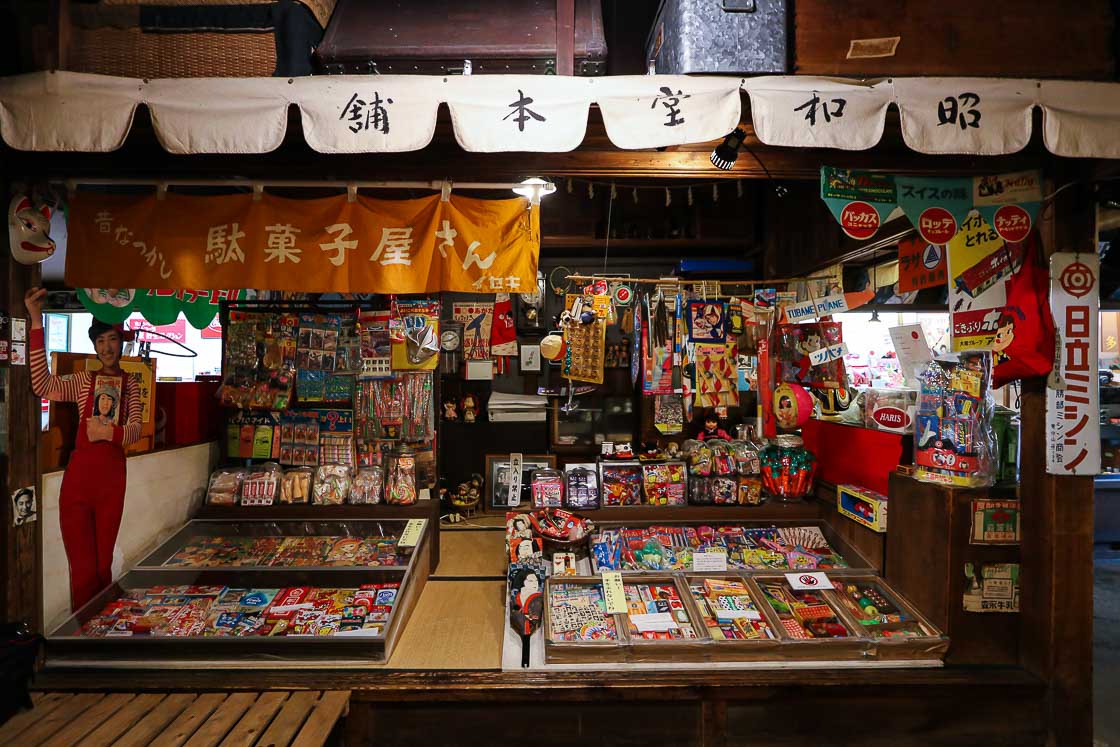
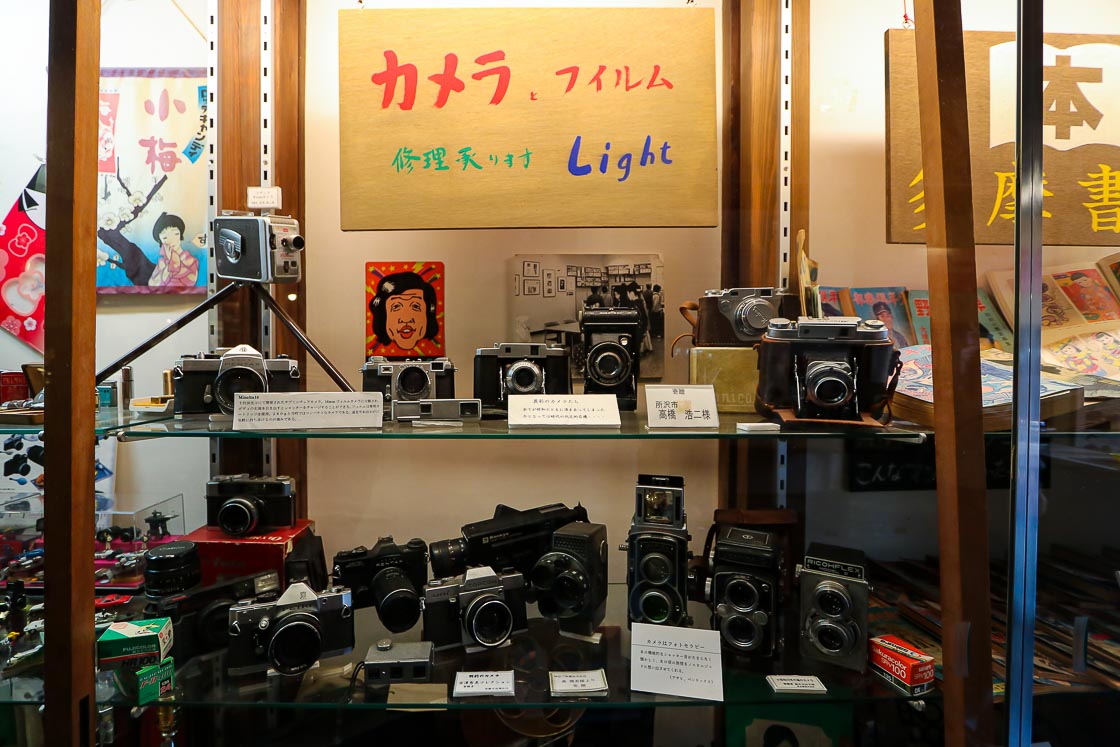
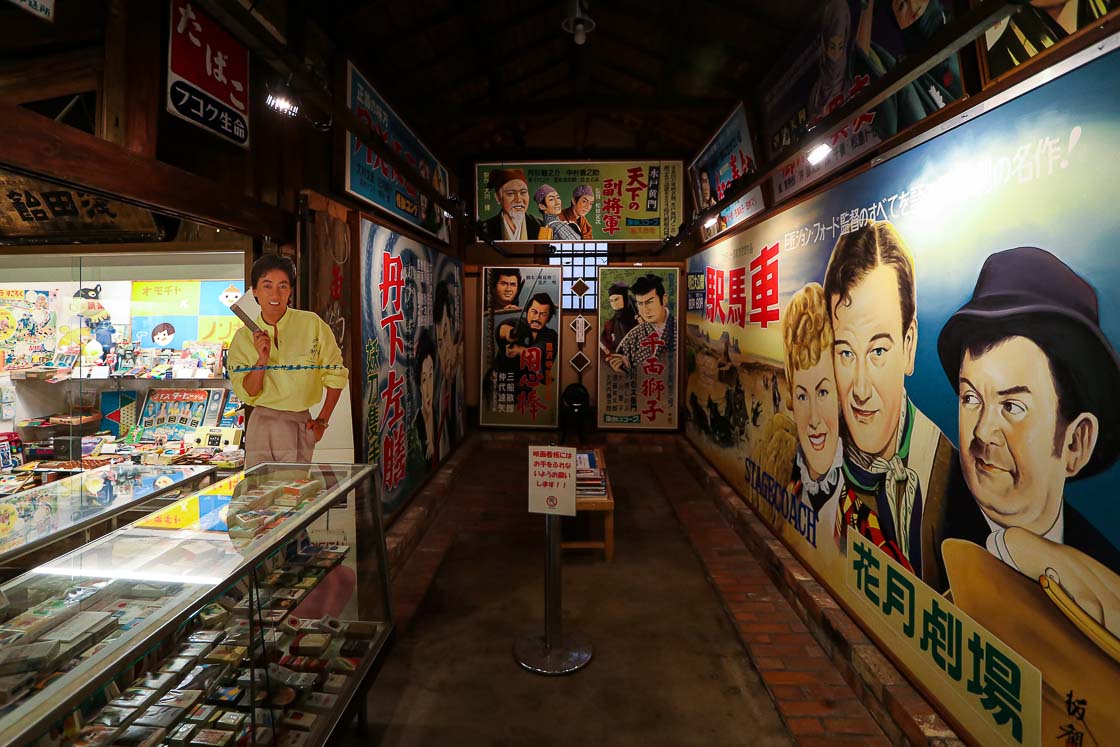
To wrap up my visit, I went to Ome Bakushu, a restaurant serving local craft beer, a few doors down from the museum. Open daily from 10:00 to 20:00, this local drinking spot is one of the best places to try a variety of craft beers from the region as well as from other places in Japan. The restaurant carries about 5-6 beers on tap, and more in bottles and cans. One of the beers I was excited to try was the craft beer by Vertere, a local microbrewery in Okutama - also in western Tokyo - about 40 minutes away by train. Ome Bakushu is the alternative to trying some of their beers as the taproom at the Vertere brewery is open only on the weekends.
With that beer, I concluded my visit to the Tama region. It was an excellent overnight trip, in which I had the opportunity to try all sorts of outdoor activities right in Tokyo. Let it not be said that Tokyo is just all city and has little or no nature - western Tokyo's hidden gems are right in plain sight.
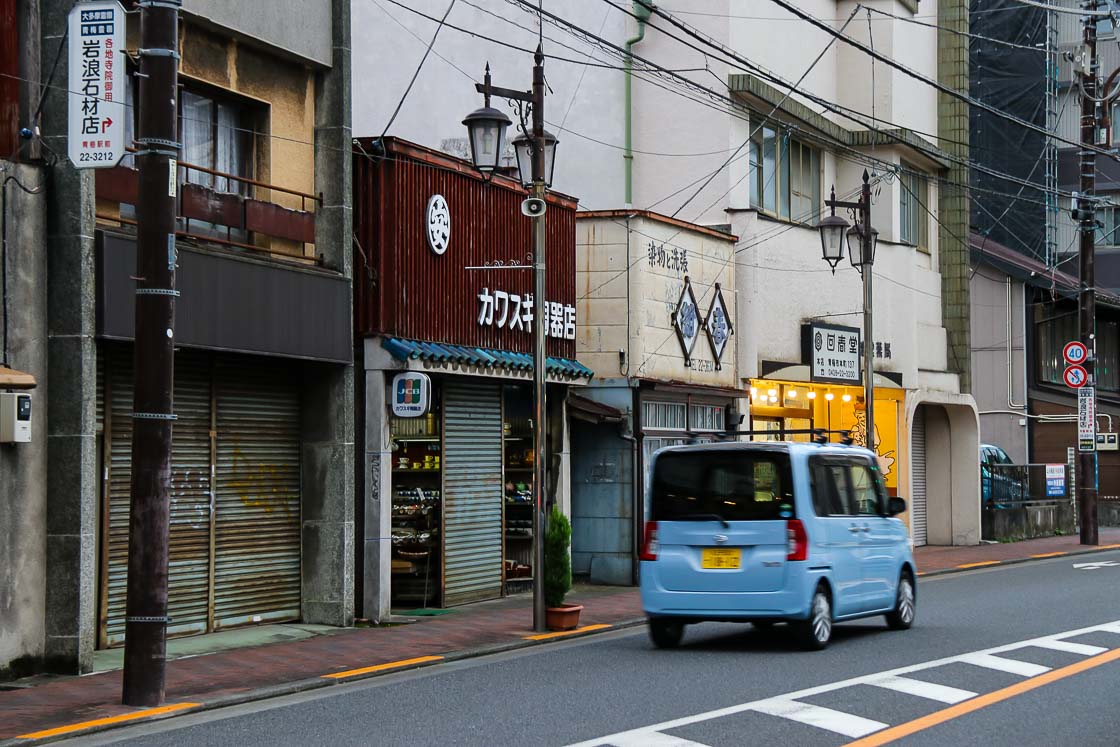
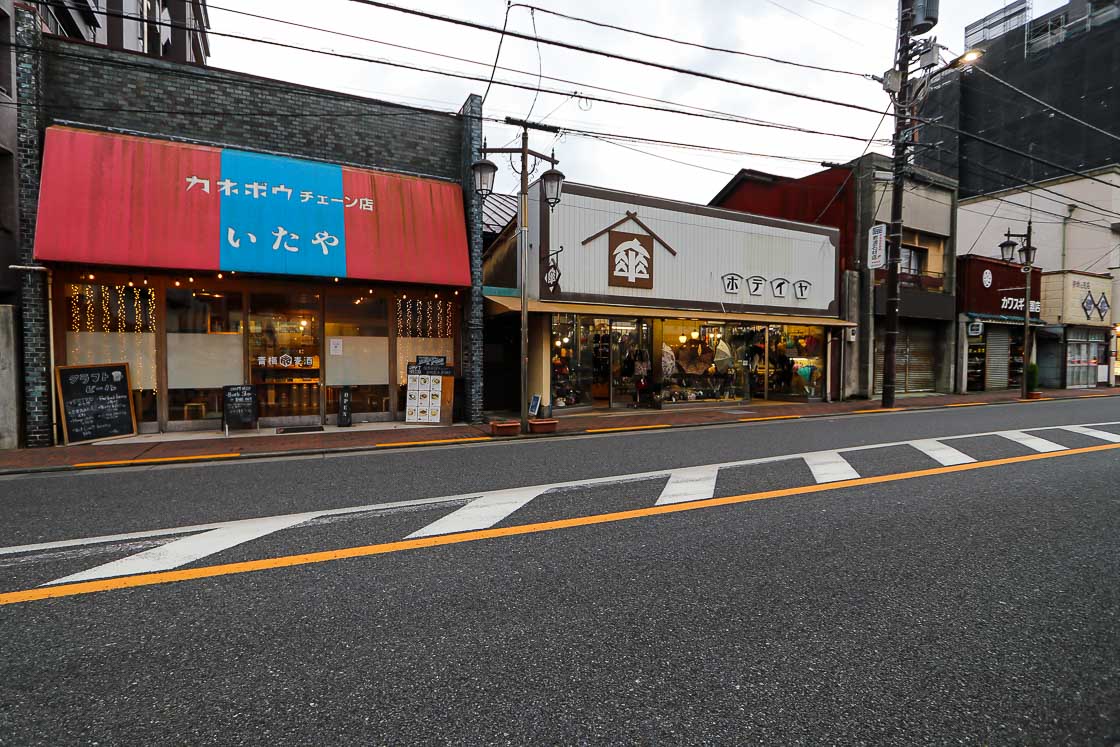
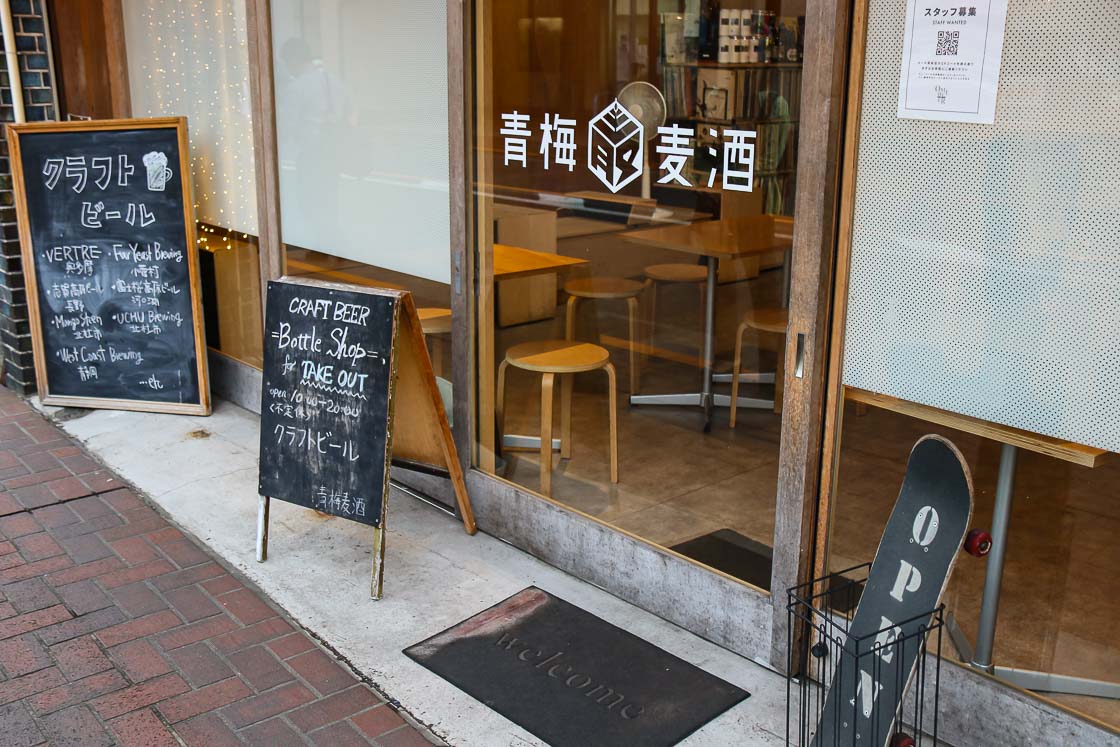
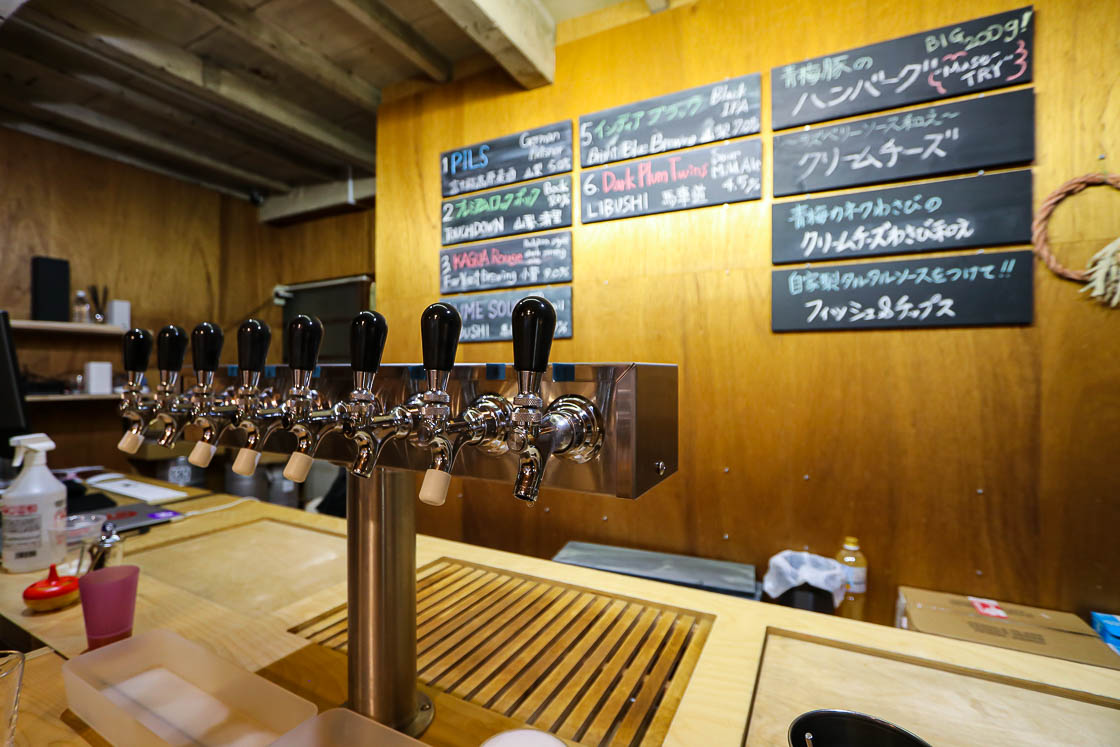
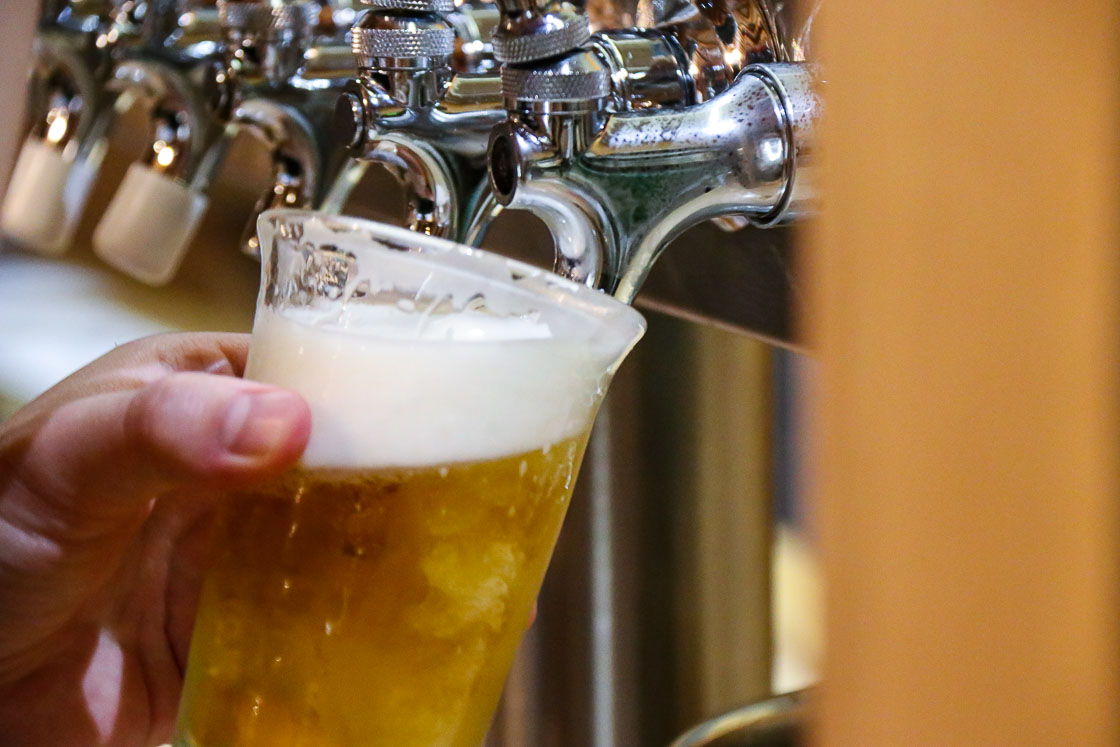
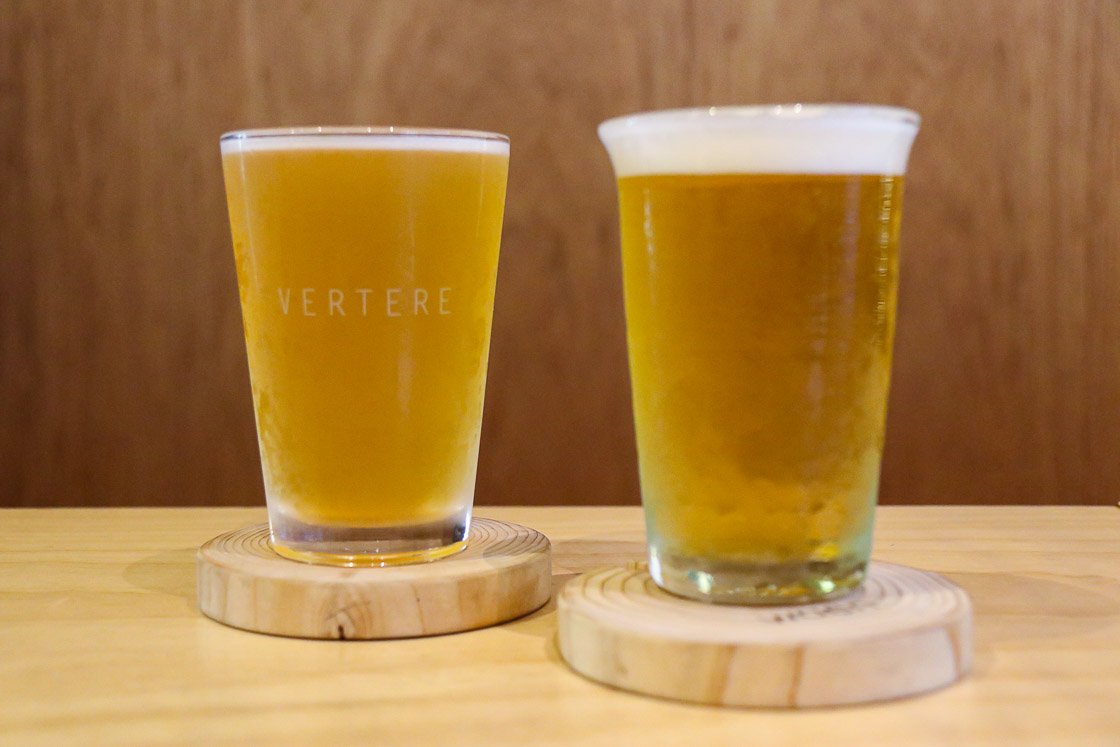
Access
The main train station serving the spots in this itinerary is Musashi-Itsukaichi Station, the terminus of the JR Itsukaichi Line. Take the JR Chuo Line bound for Ome from central Tokyo, then transfer to the JR Itsukaichi Line at Haijima Station and get off at Musashi-Itsukaichi Station. The one way journey costs 830 yen and takes around 60 minutes from Shinjuku Station or 950 yen and around 90 minutes from Tokyo Station.
Musashi-Itsukaichi Station to Mount Hinode
From the station, take a bus bound for Tsurutsuru Onsen from bus stop 3 and get off at Hinodeyama Tozan-guchi (15 minutes, 450 yen one way, 1 departure/hour). The start of the trail up to Mount Hinode is a few steps from the bus stop.
A round trip hike to the peak of Mount Hinode takes 3-4 hours.
Tsurutsuru Onsen to Pignic
Take a bus bound for Musashi-Itsukaichi Station from Tsurutsuru Onsen (20 minutes, 450 yen one way, 1 departure/hour). Head to Urayama Base across the road from the station. Rental electric bicycles cost 3,500 yen for one day.
It is an approximately 20-minute leisurely bicycle ride along the river from Urayama Base to Pignic.
Pignic to Shizenjin Mura
Return to Urayama Base the same way, then walk to the Shizenjin Mura campsite from Musashi-Itsukaichi Station. The one way uphill walk to the campsite takes about 30 minutes. Alternatively, a taxi ride from the station takes less than 10 minutes and costs about 1,000 yen.
Shizenjin Mura to Akigawa International Trout Fishing
The downhill walk from Shizenjin Mura to Musashi-Itsukaichi Station takes approximately 20 minutes. Alternatively, call for a taxi to get back to the station.
From Musashi-Itsukaichi Station, take bus number 52 bound for Kamiyozawa from bus stop 1 and get off at Akigawa Kokusai Masu Tsuriba. The bus stop is about a minute on foot from the fishing spot.
Akigawa International Trout Fishing to Ome
Take the bus from Akigawa International Trout Fishing back to Musashi-Itsukaichi Station, then take the train to Ome (approximately 45 minutes, 410 yen one way). A transfer is required at Haijima Station from the JR Itsukaichi Line to the JR Ome Line.
The spots in Ome are all close to the station and a few minutes on foot from one another.
Links
- TAMASHIMA.tokyo - Tourist information site for the Tama area and islands of Tokyo
Sponsored by Tokyo Metropolitan Government
